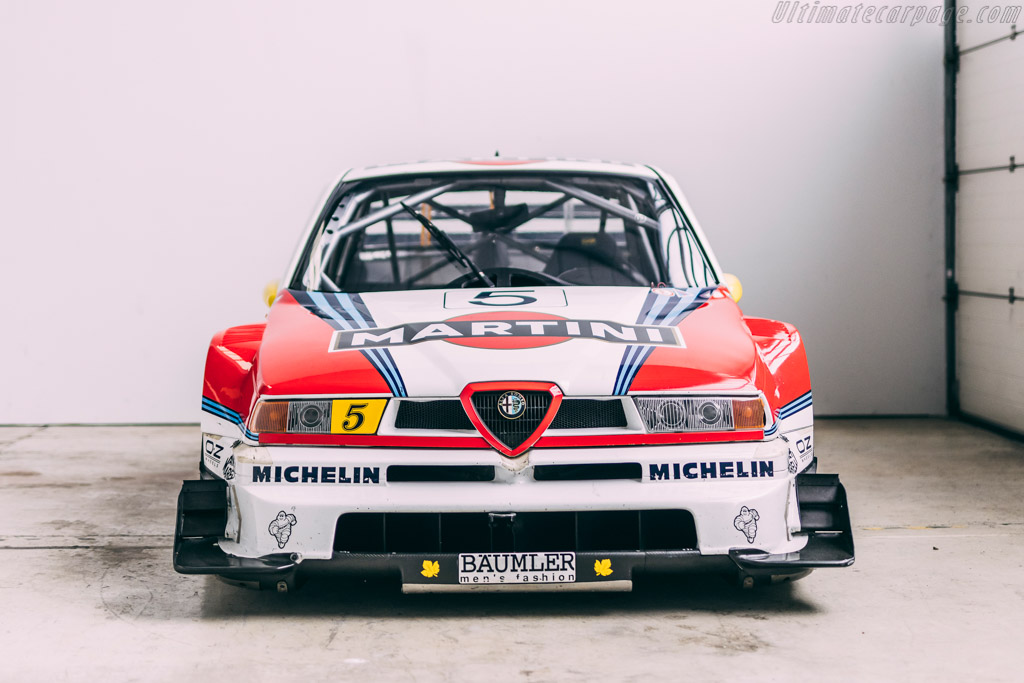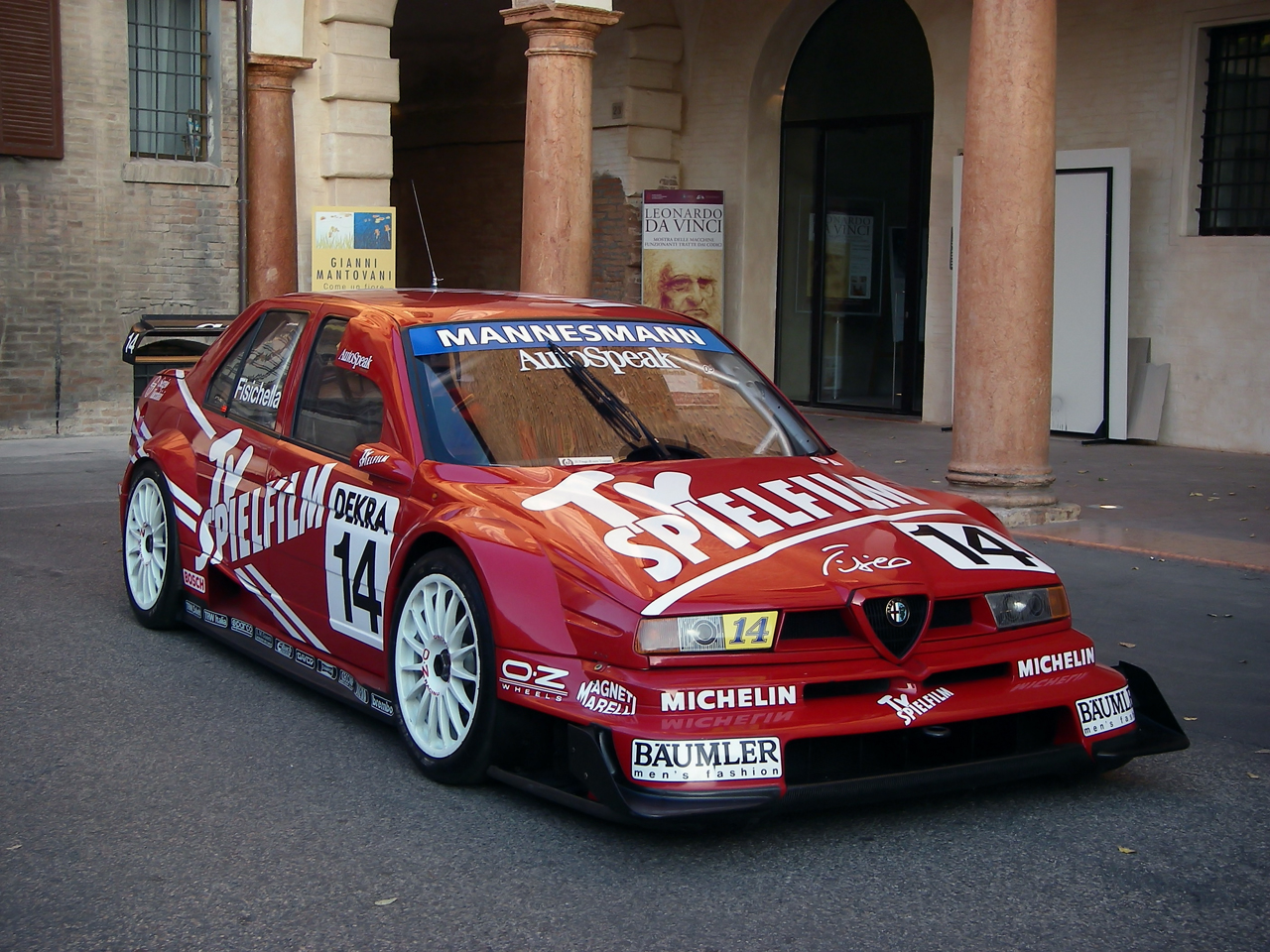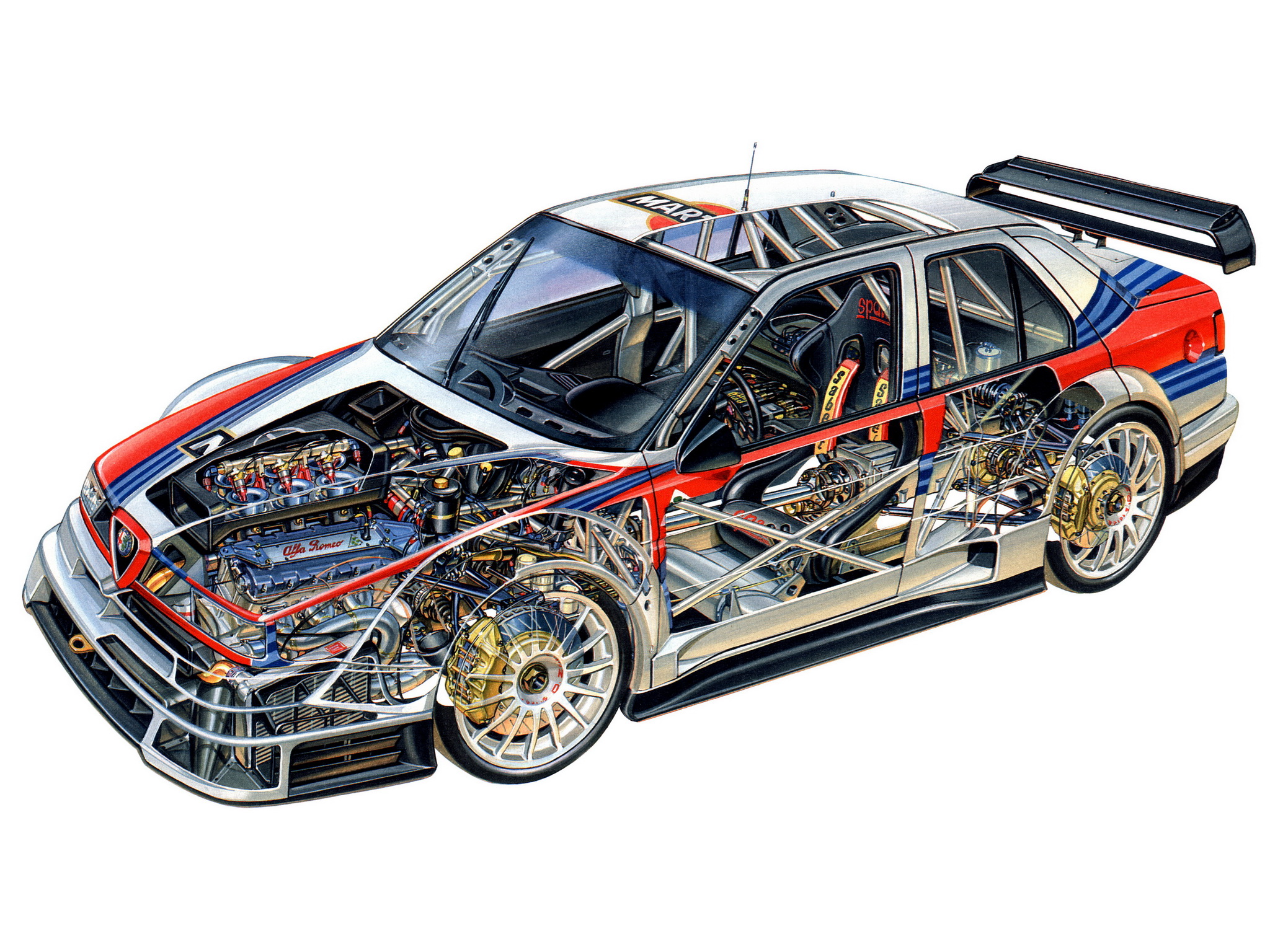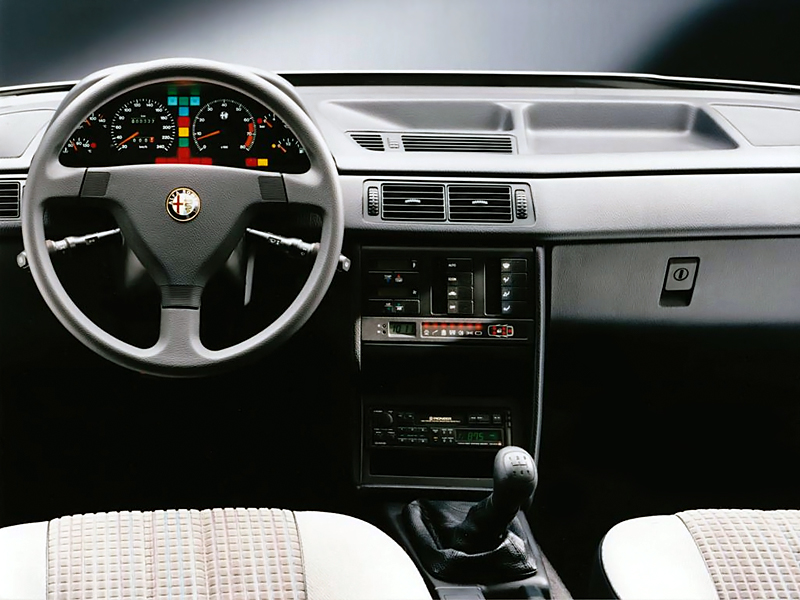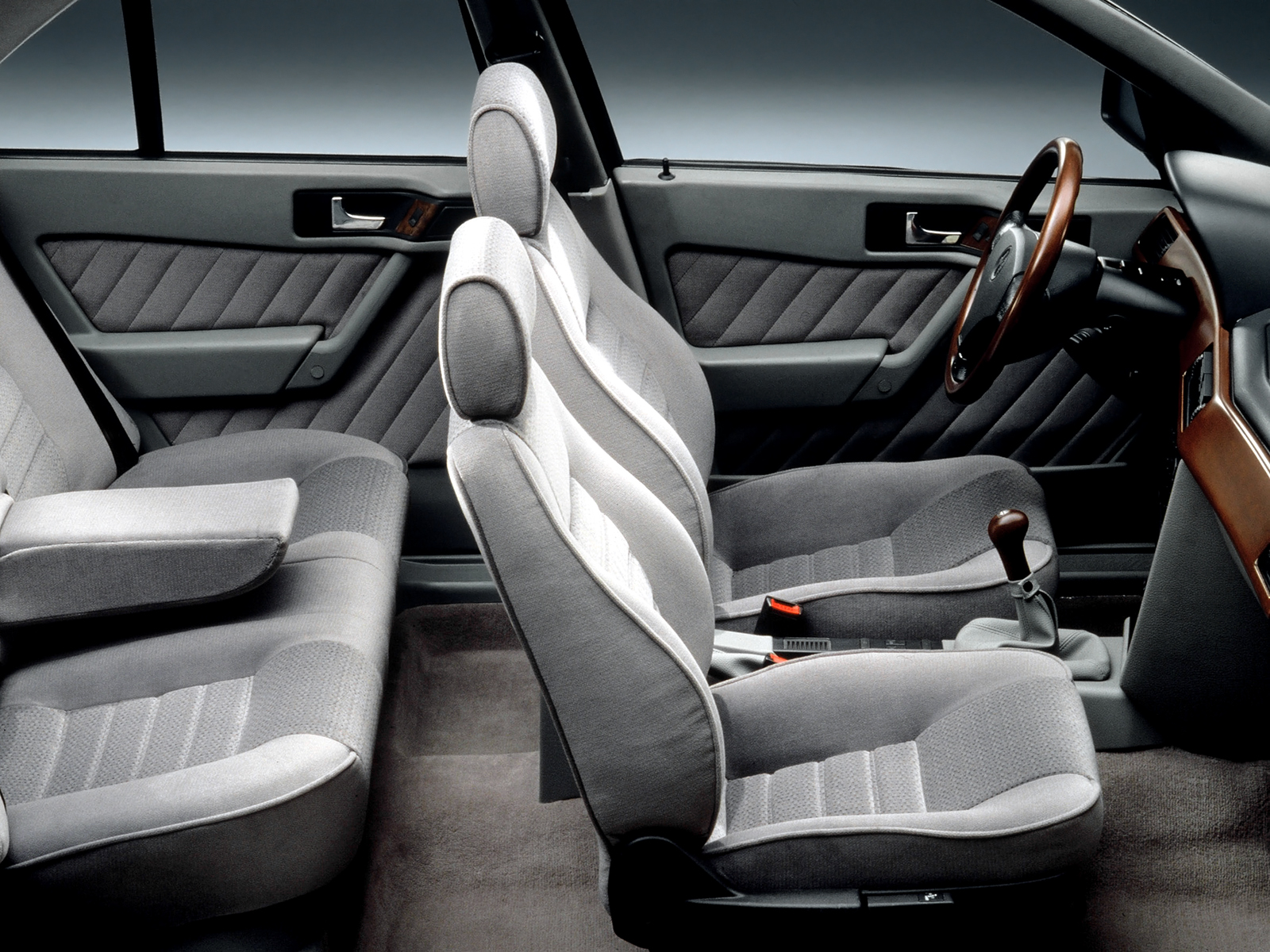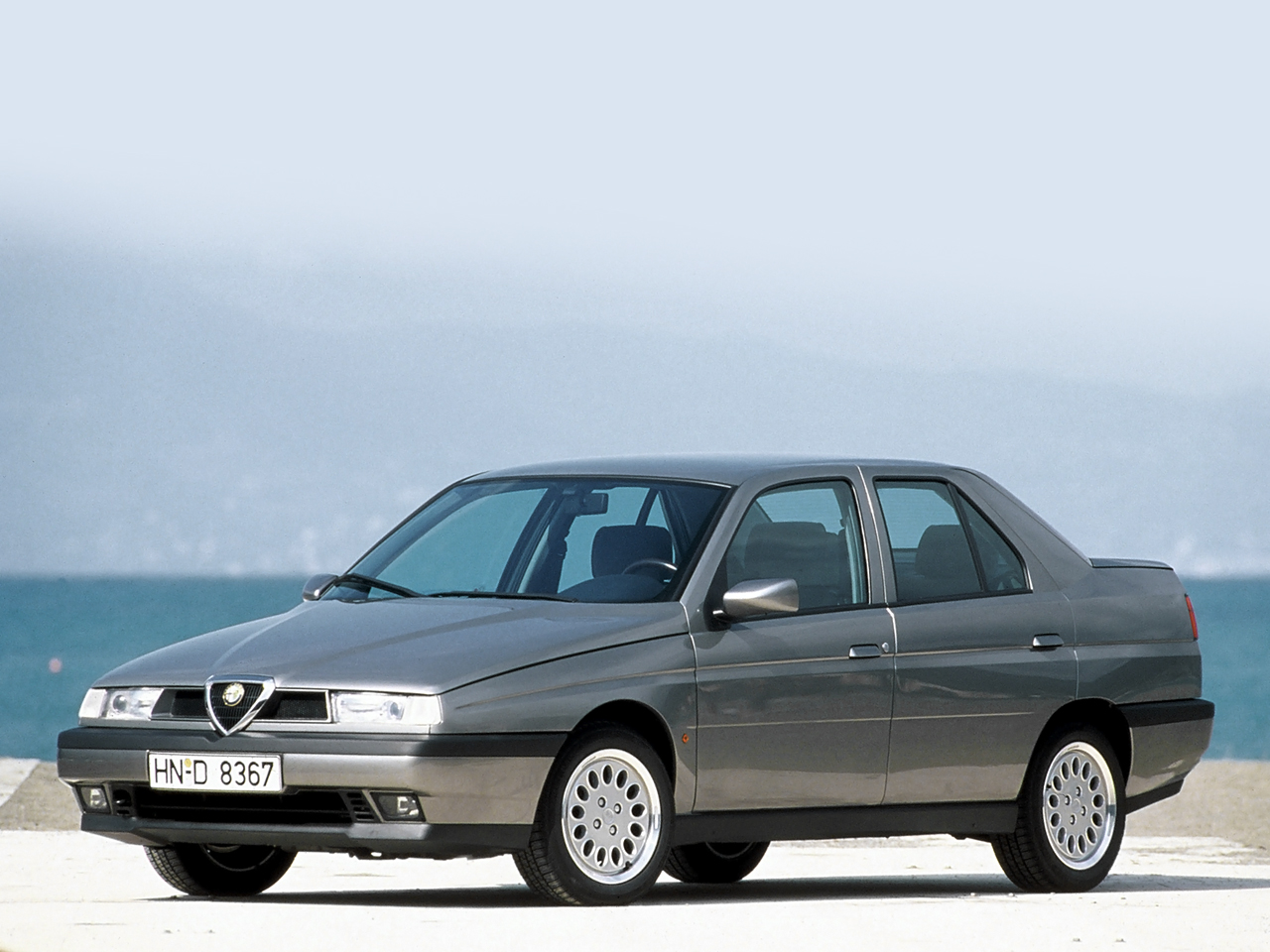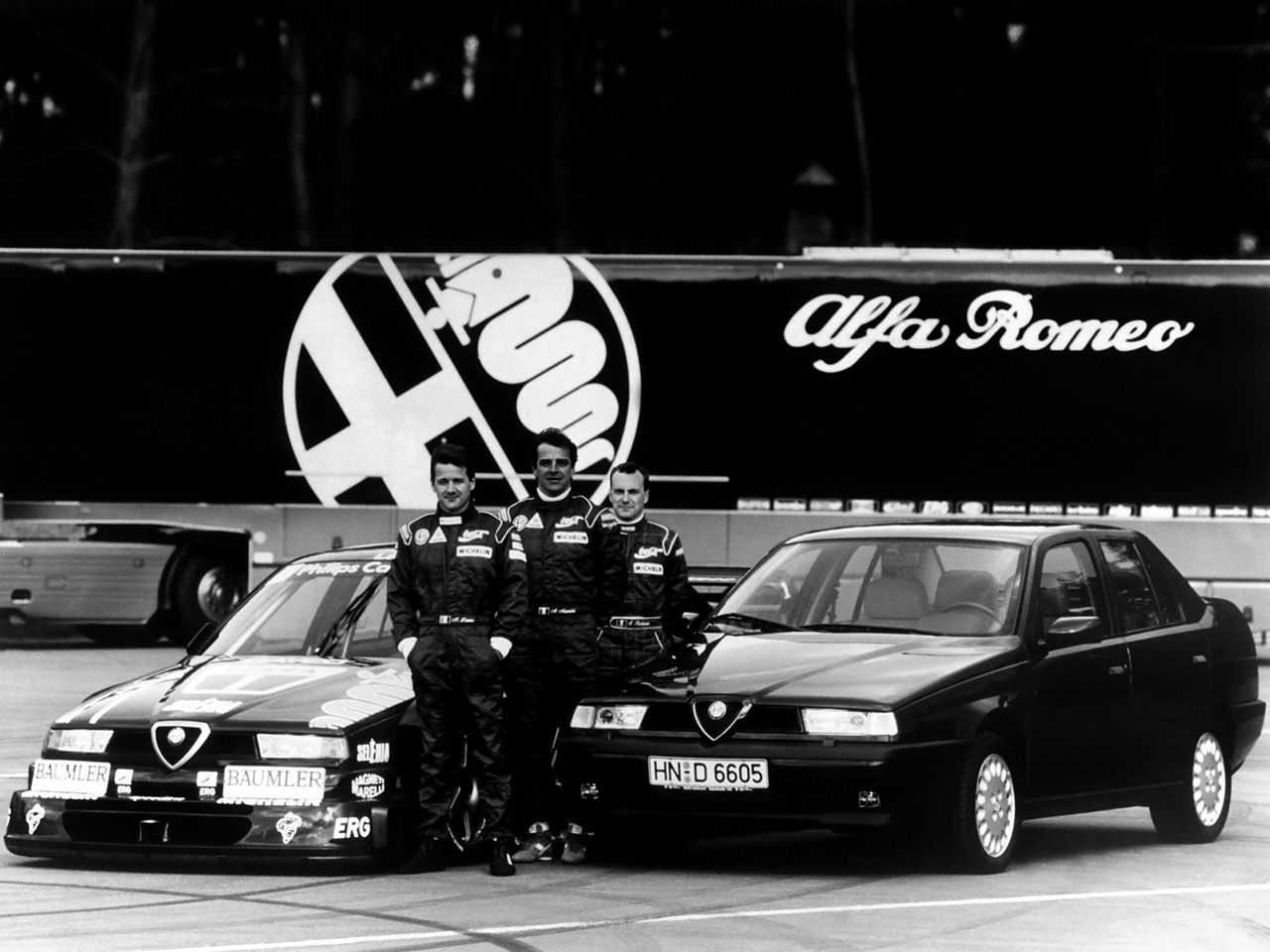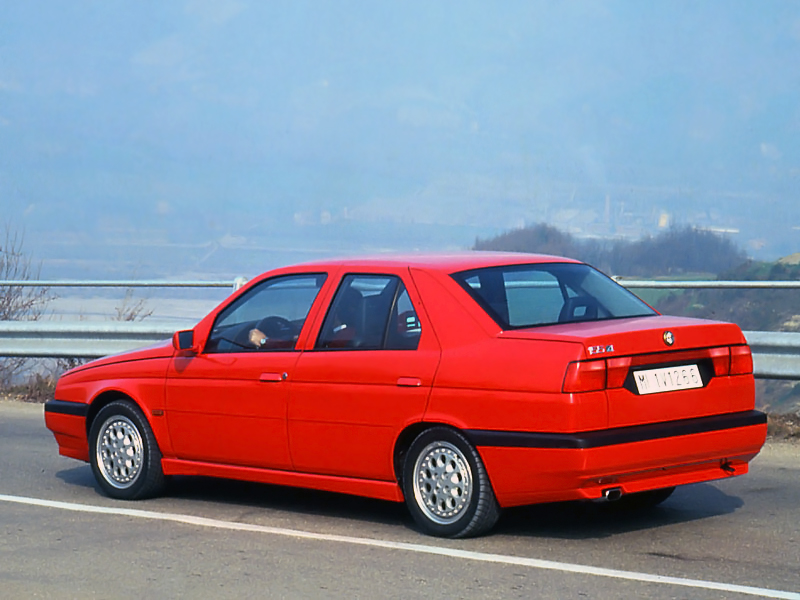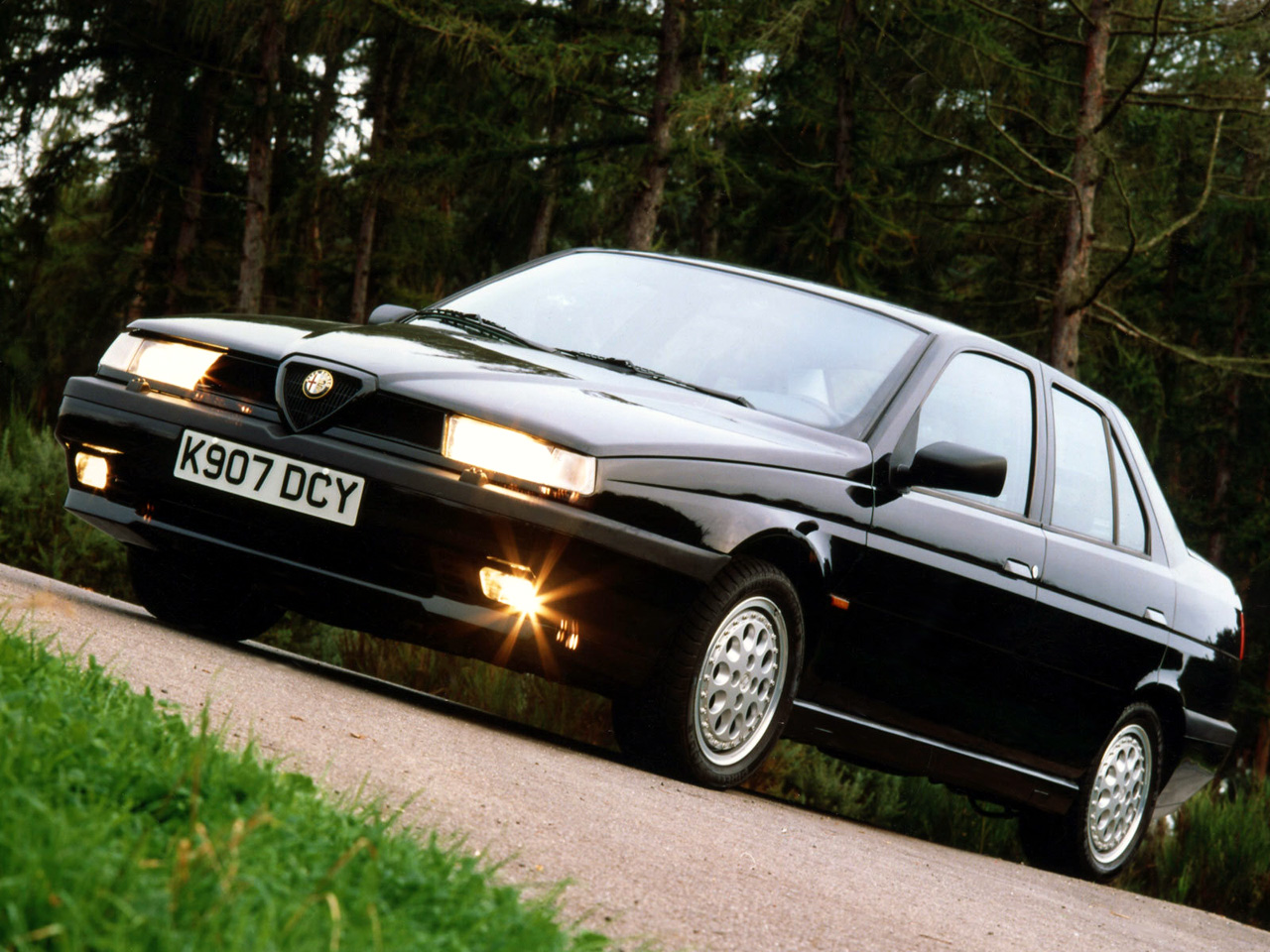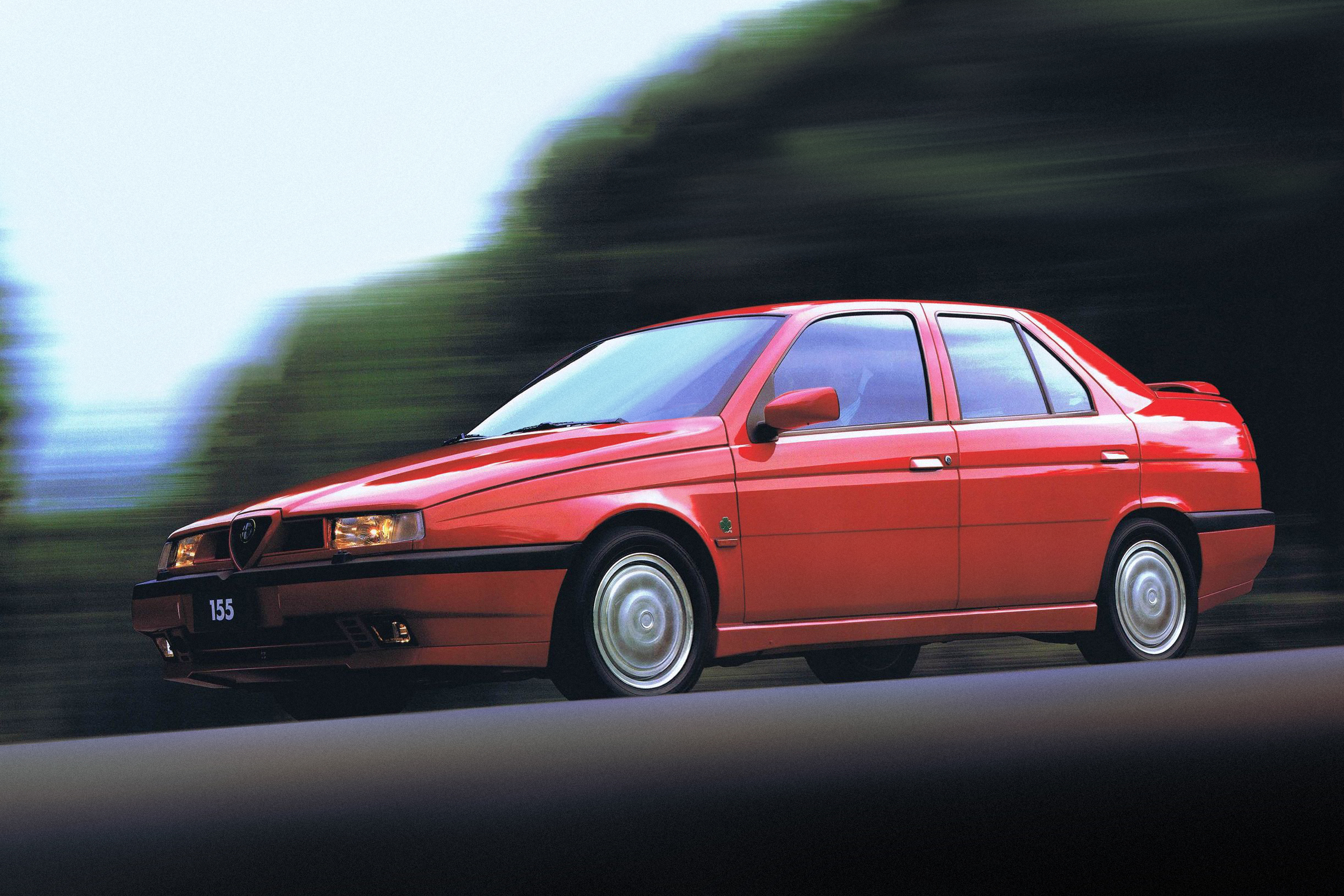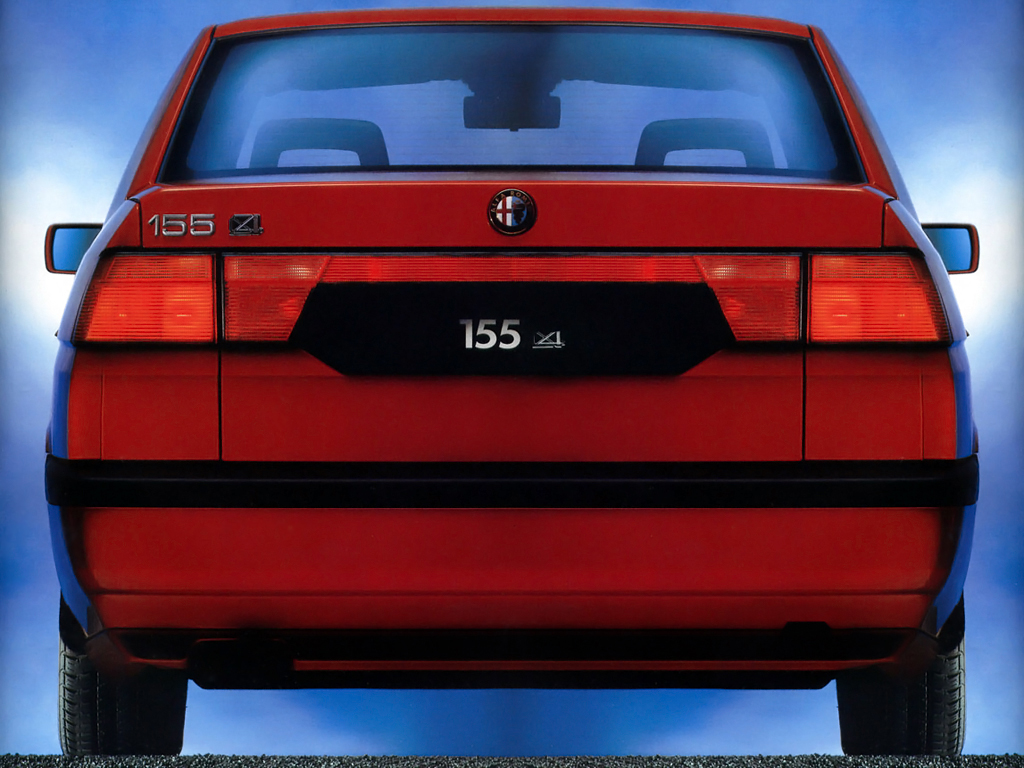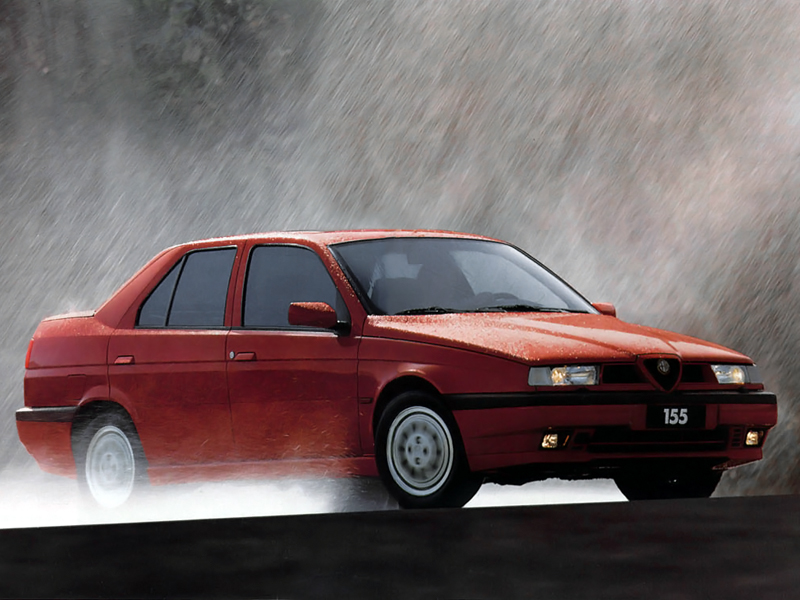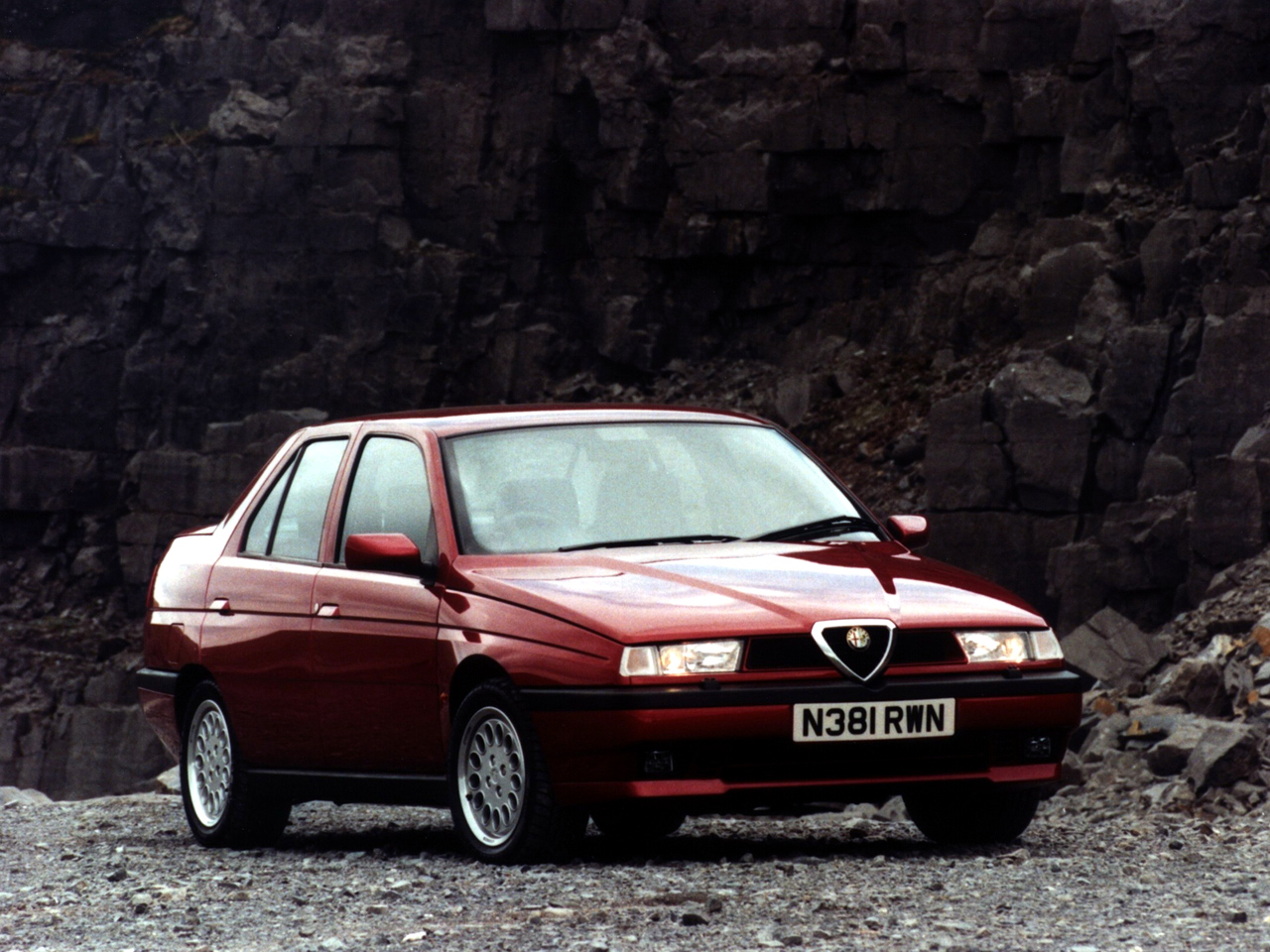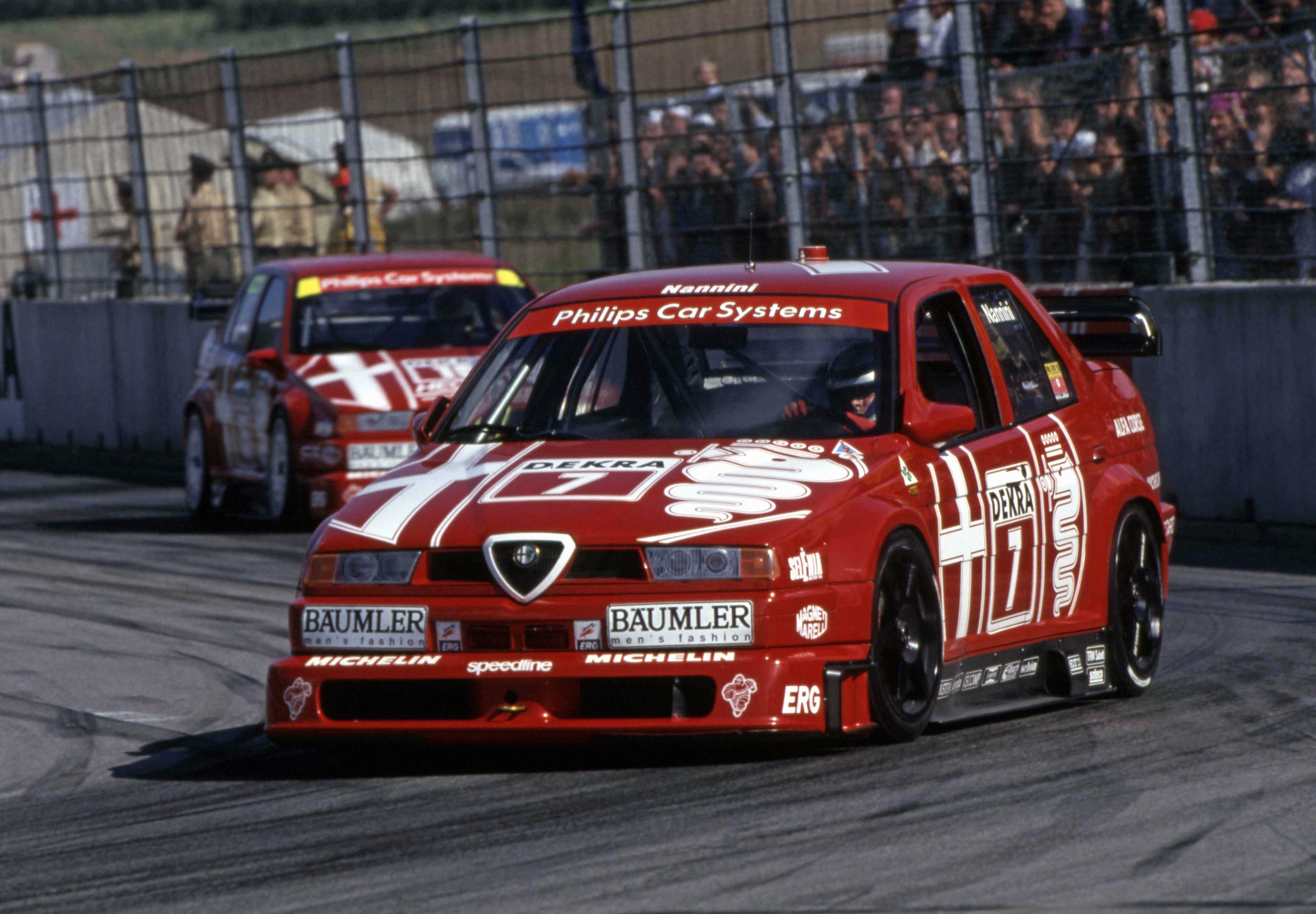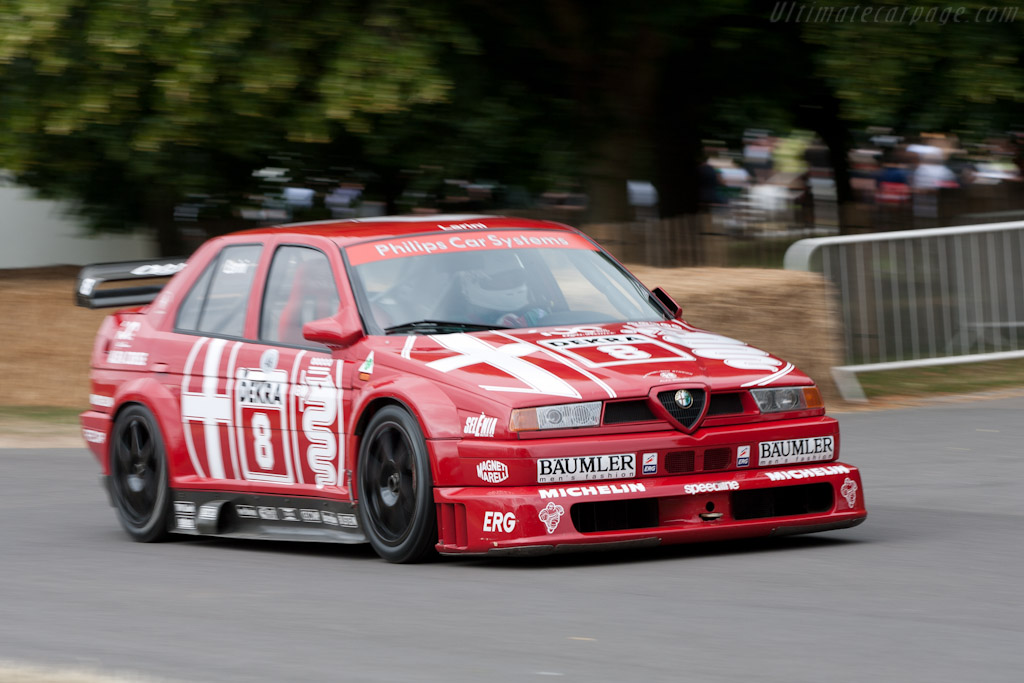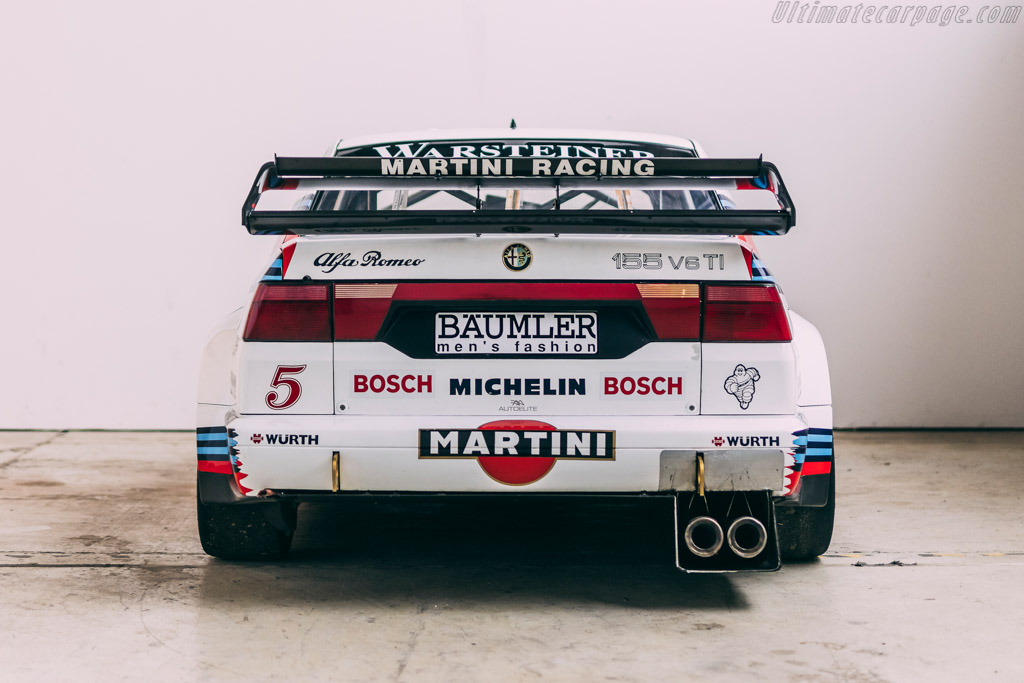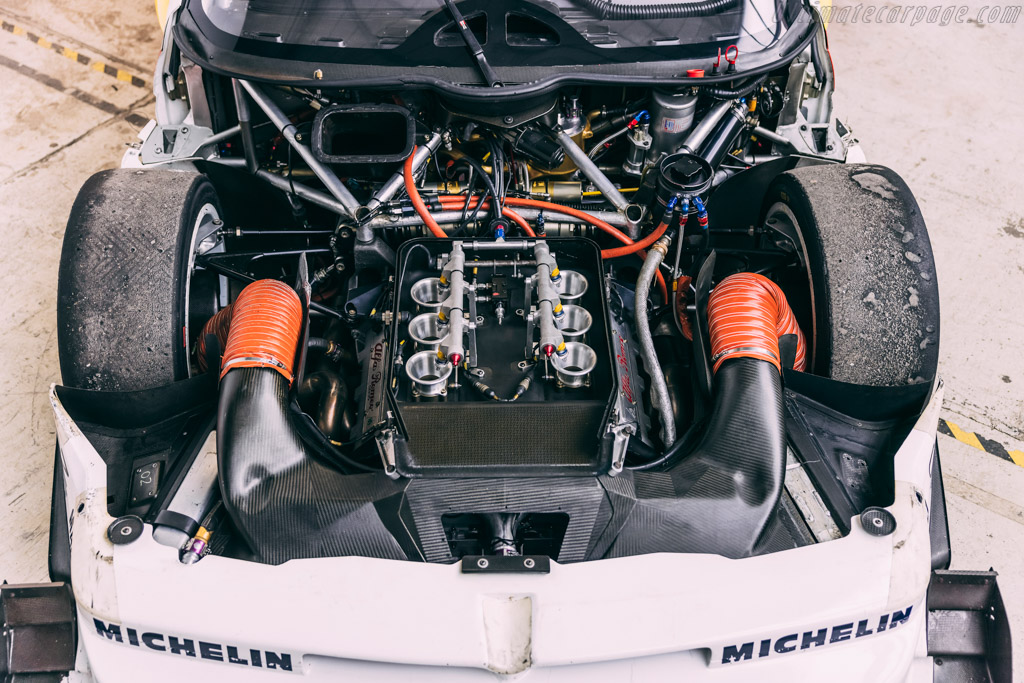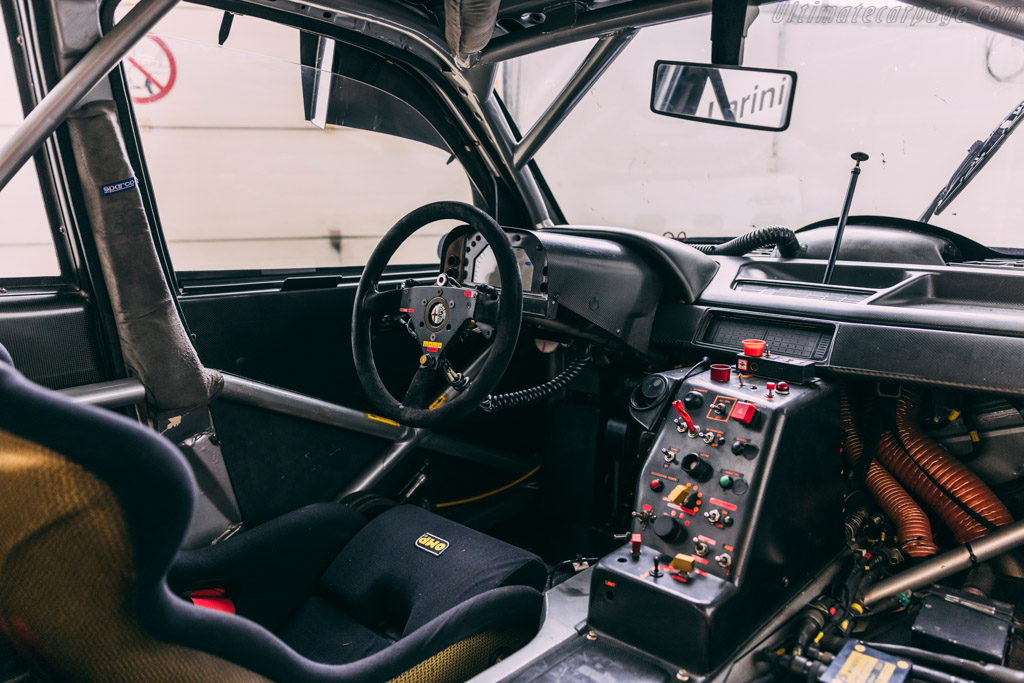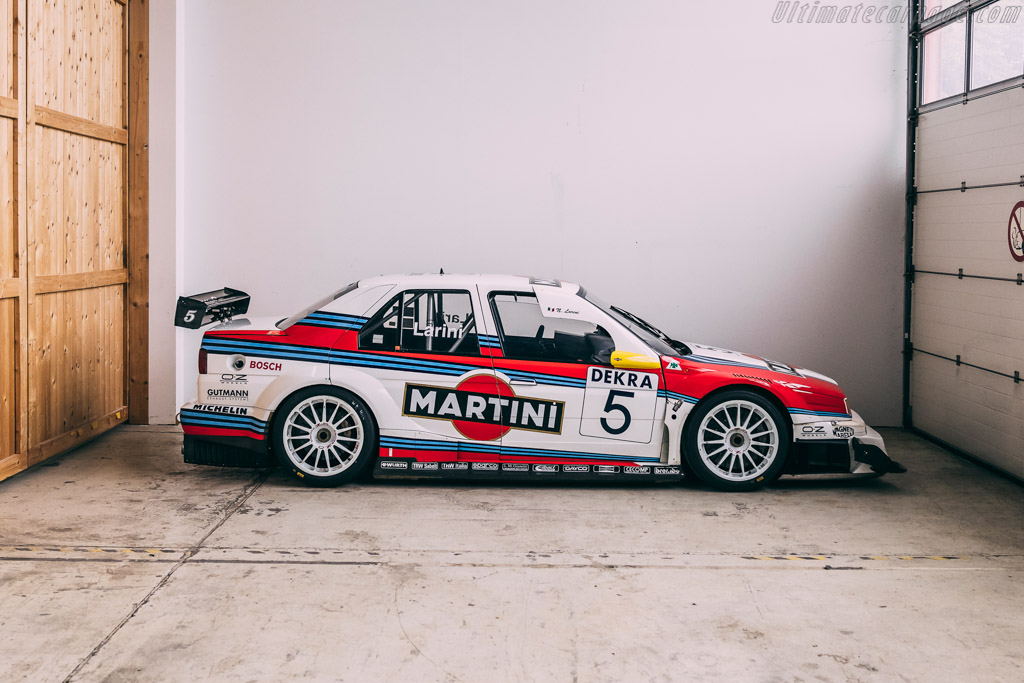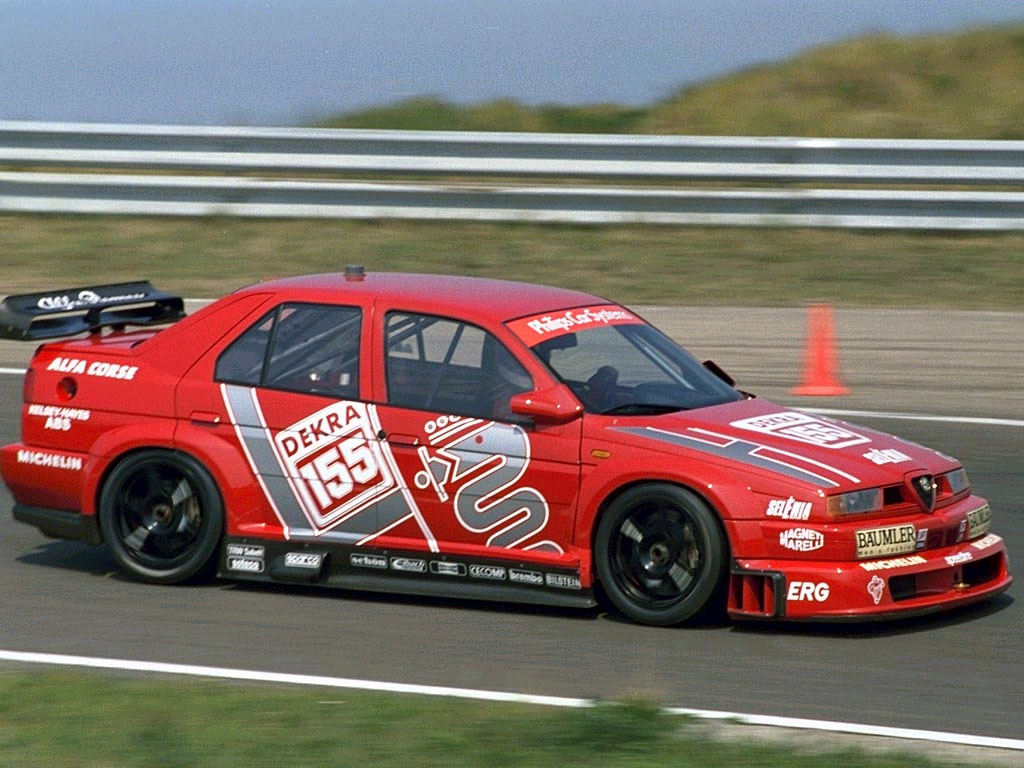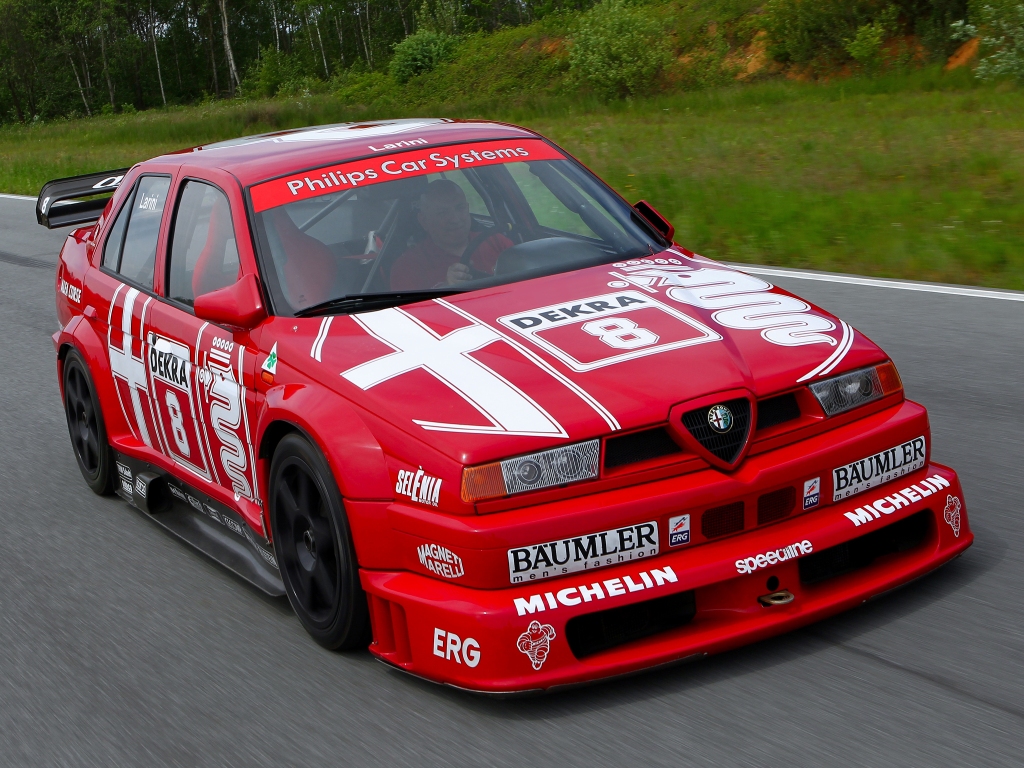
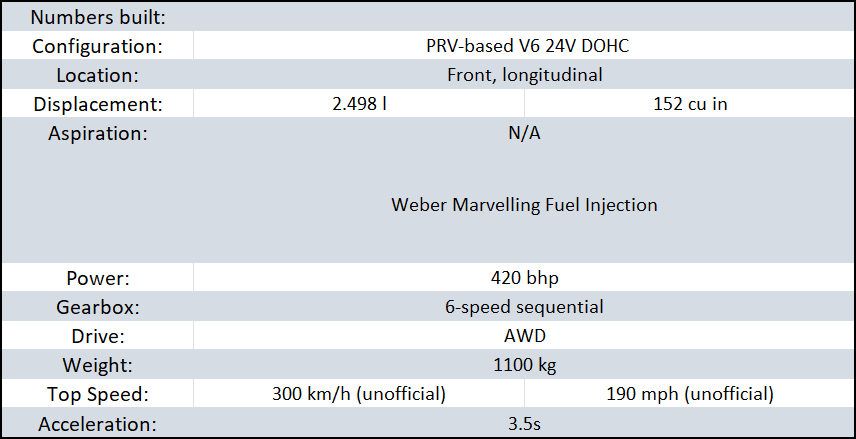
Alfa Romeo had their racing campaign in the American Indy series, but let’s face it… it wasn’t the best they could do, so they returned to touring racing in search for podiums. Amazing move, because their new variant of the Alfa 155 literally dominated 17 out of 20 possible events in their domestic – Italian championships. They had to look for a true rival abroad – none of the locals would be a match for them at that point. Germans – they already had a format there, alright. German manufacturers could compare their dicks in Deutsche Tourenwagen Meisterschaft, but they fiddled with the regulations, so starting from 1993: they could slap the pasta eaters as well, if they’re looking for it that bad.
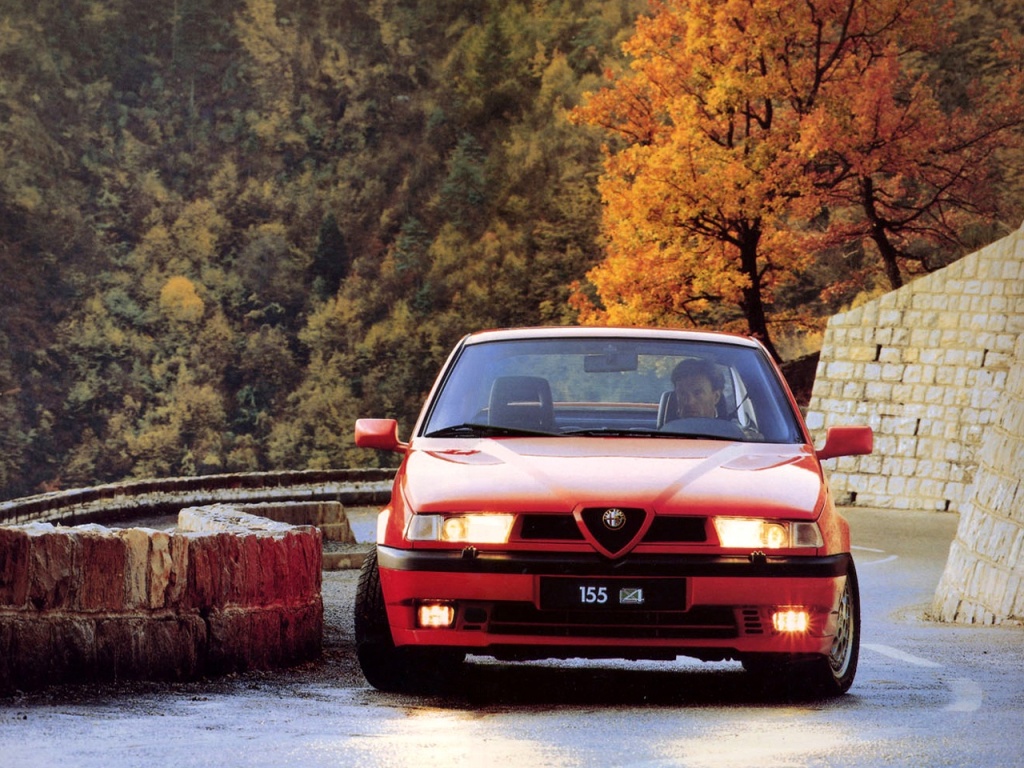
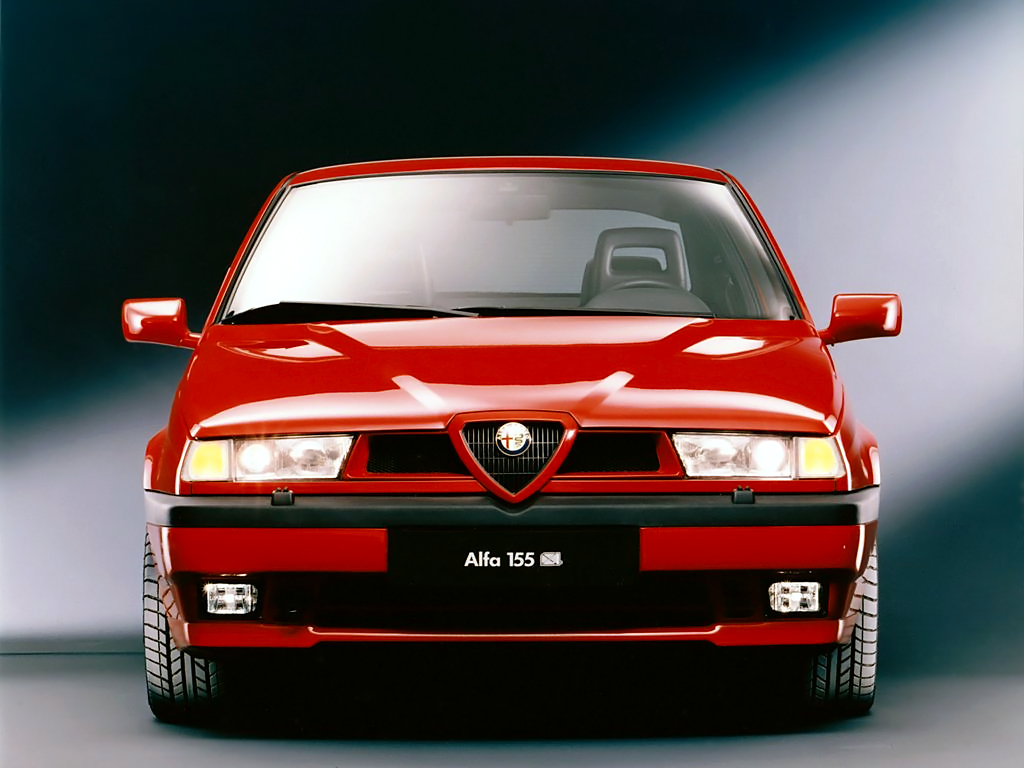
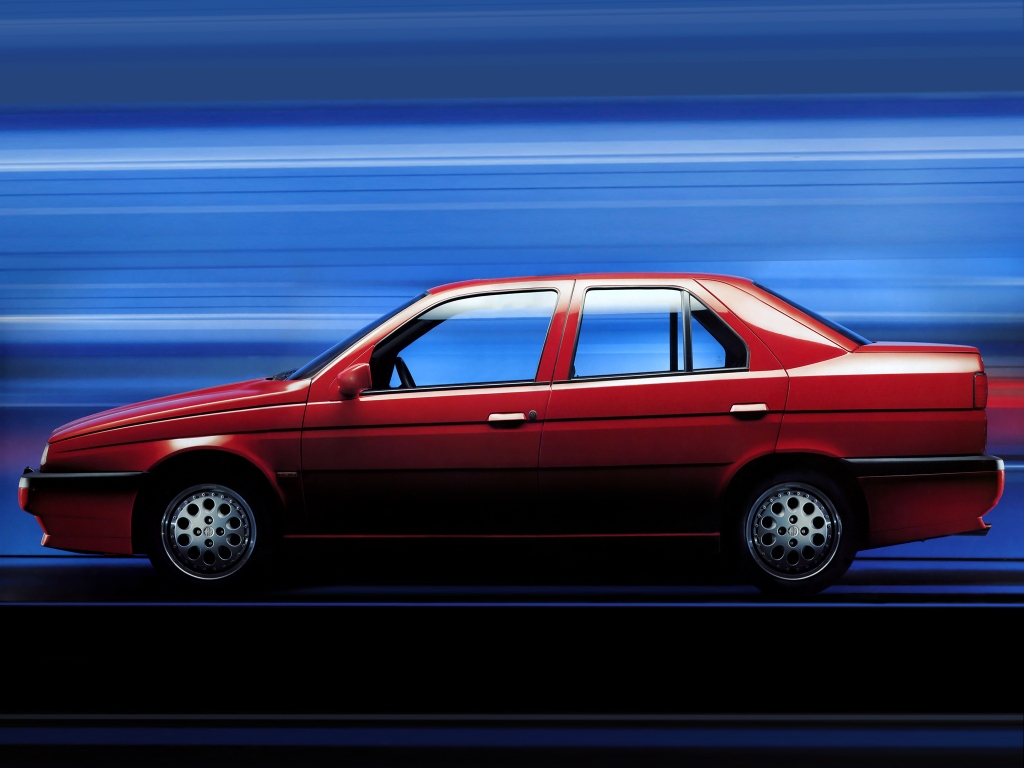
DTM had a long tradition of racing on Group A rules, but from now on they were starting in two segments: FIA Class 1 and FIA Class 2. The only difference was how advanced manipulations they could perform on their constructions. Class Two was closer to their road examples – and those were more popular, as the entry threshold was lower. Class One had less limits to their upgrades and allowed for serious changes. Alfa Romeo prepared their cars for both divisions.
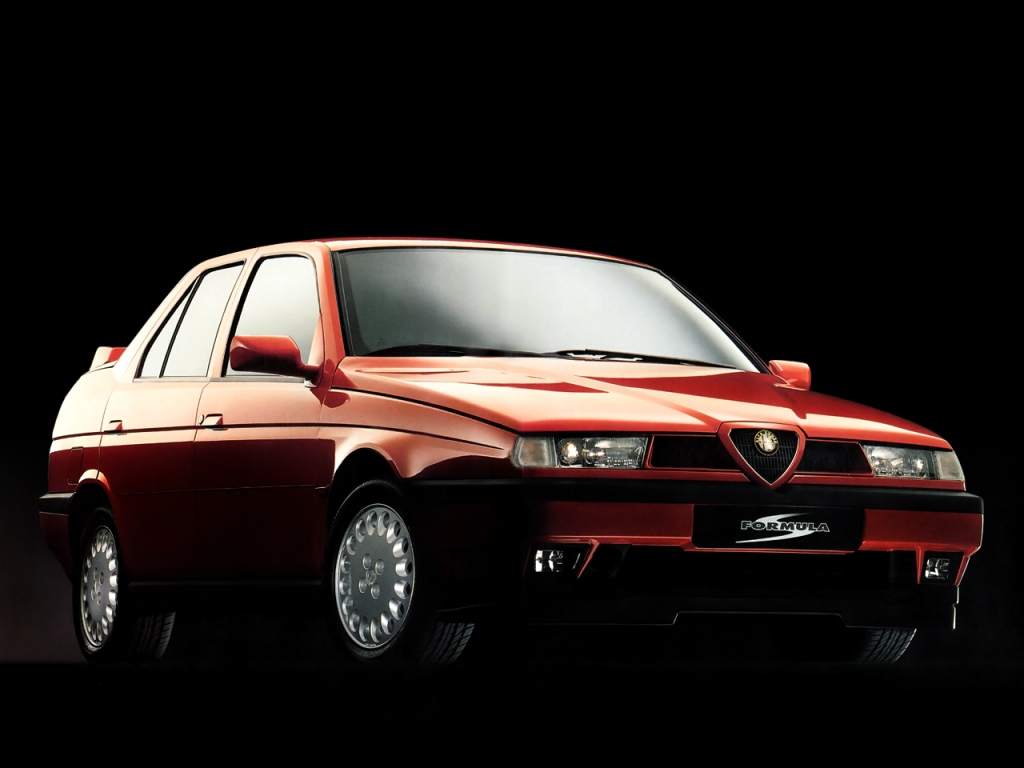
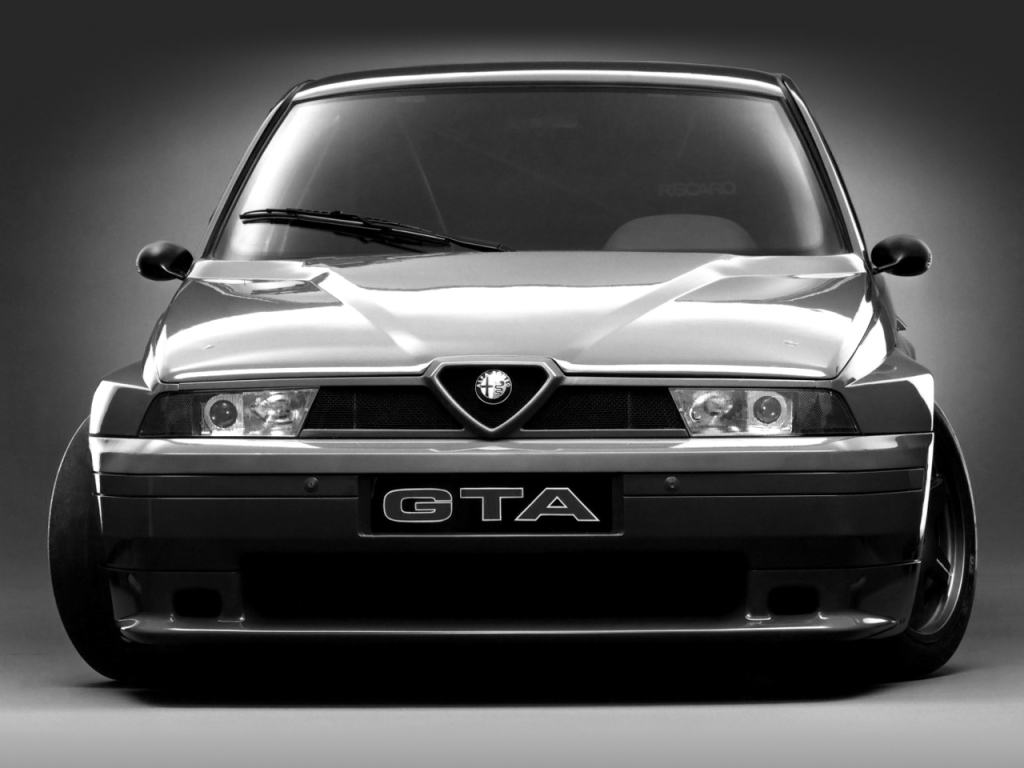
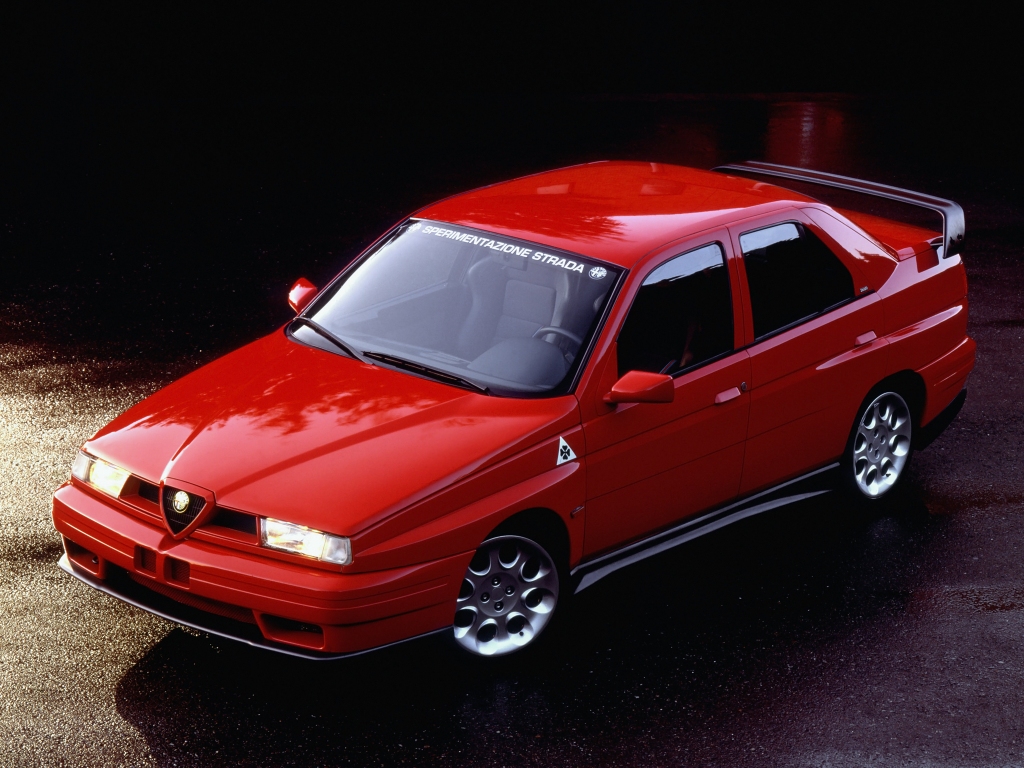
Alfa was still to resemble their road vehicle, but apart from that – their engineers were limited practically only by their imagination. The drivetrain was the bomb – a high-rev V6 that stopped at 11,5k RPM, and a Q4 AWD. The engine was a loose interpretation of a PRV motor – all aluminum – and was generating over 400 bhp from 2.5-litre capacity. Fucking amazing – and you could say, that Superturismo which destroyed all the competition a year before had similar power level – yeah, but it had a forced induction and TI DTM gave such power from a naturally aspirated 2.5-litre. The engine was sending power to the 6-speed sequential gearbox – for better balance – placed in the middle. Some 1/3 the power stayed on front wheels – and the rear tires were handling all the rest.
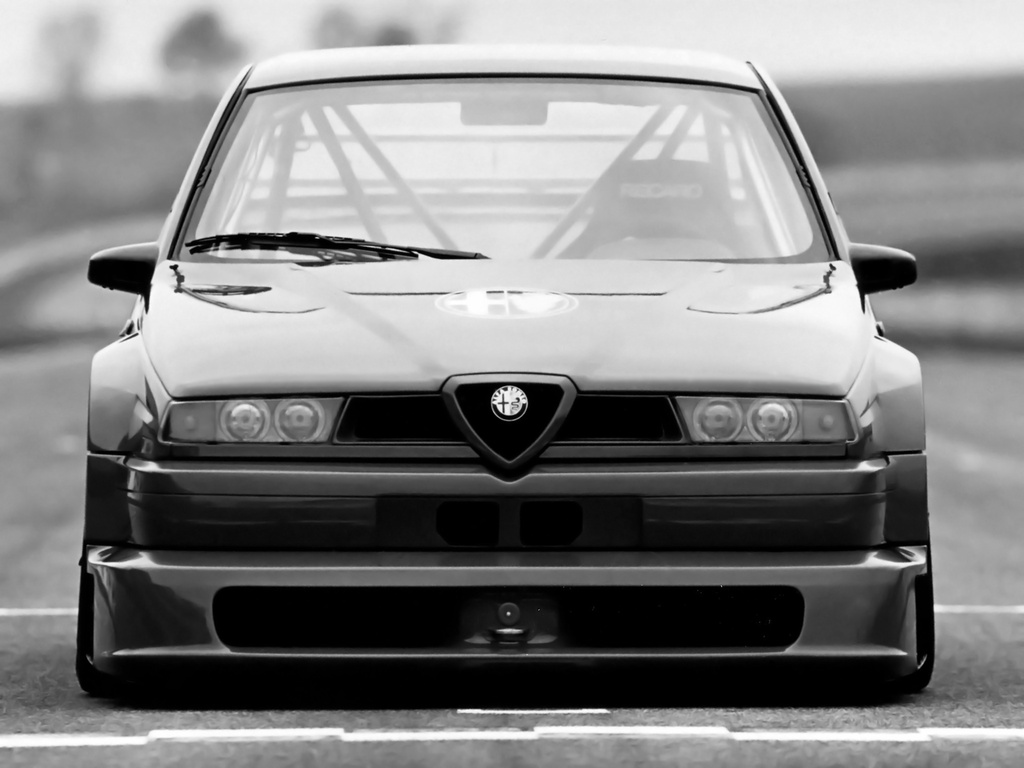
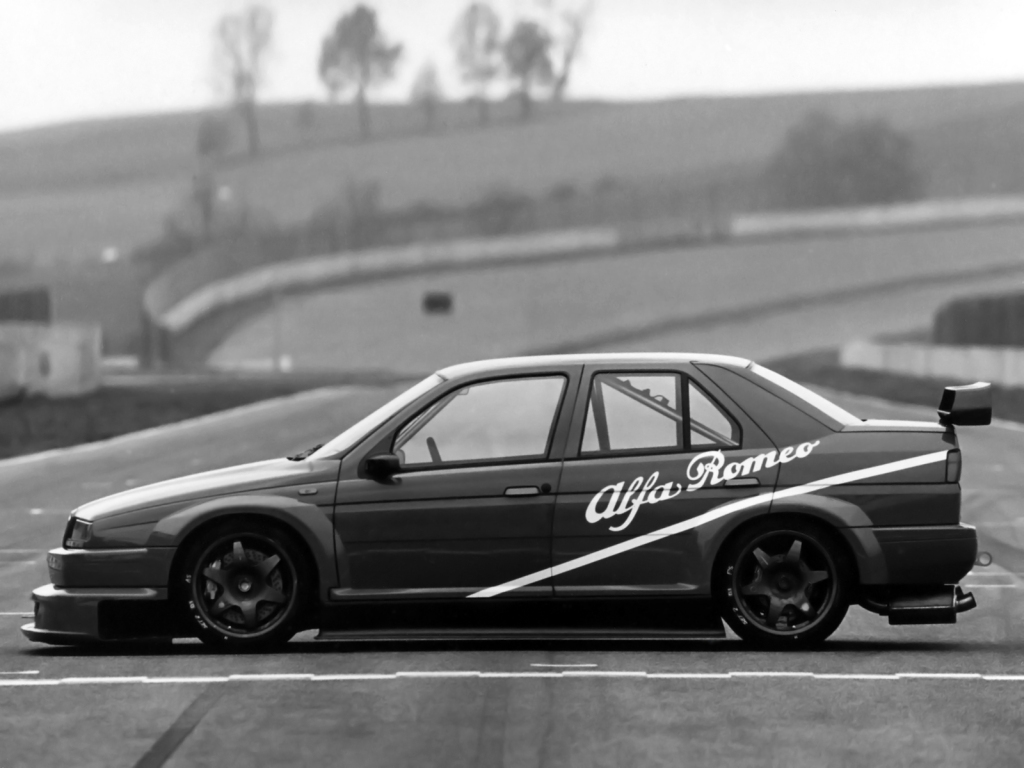
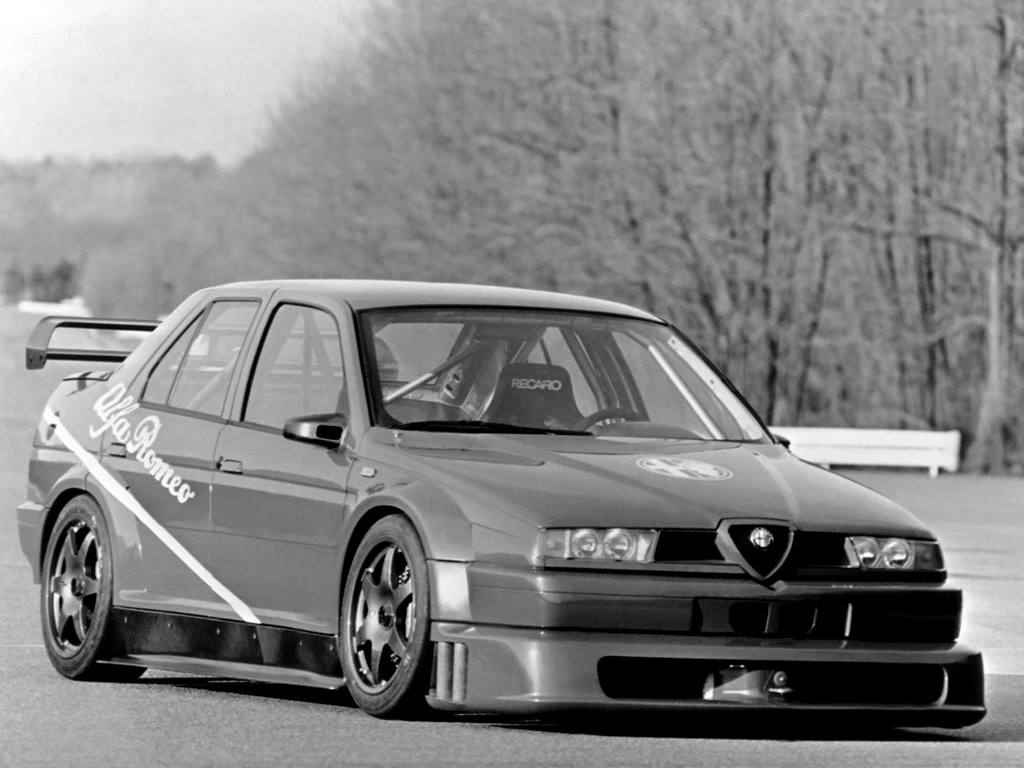
The engineers kept the stock steel frame from the road car – due to regulations – but the body panels… well, they looked like factory originals, ok – but, in fact, those were lightweight fibers. All elements of the aero design, apart from the rear spoiler, had to be not higher then the center wheel locks. That’s why all DTM cars have such low side skirts and those ingenious front spoilers. They hide a complex maze of air tunnels for better cooling and additional downforce. Yeah… downforce is always good. There was nothing left of the road-going Alfa inside – most of the interior was stripped down and the driver’s seat placed practically in the center – right next to the transmission.
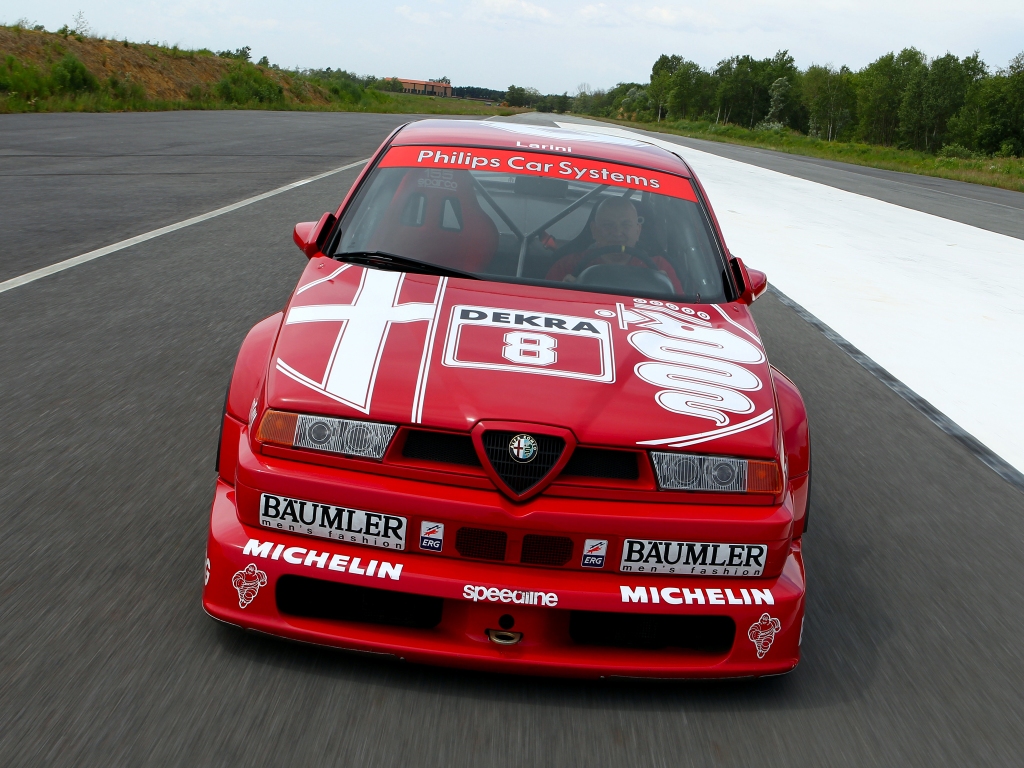
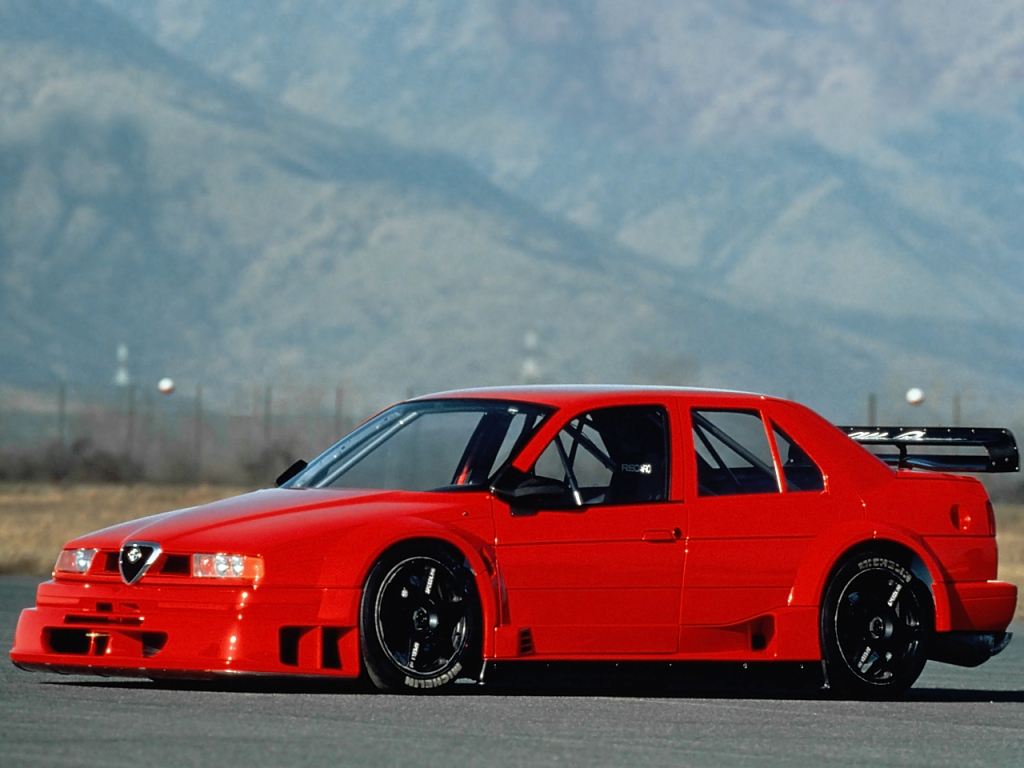
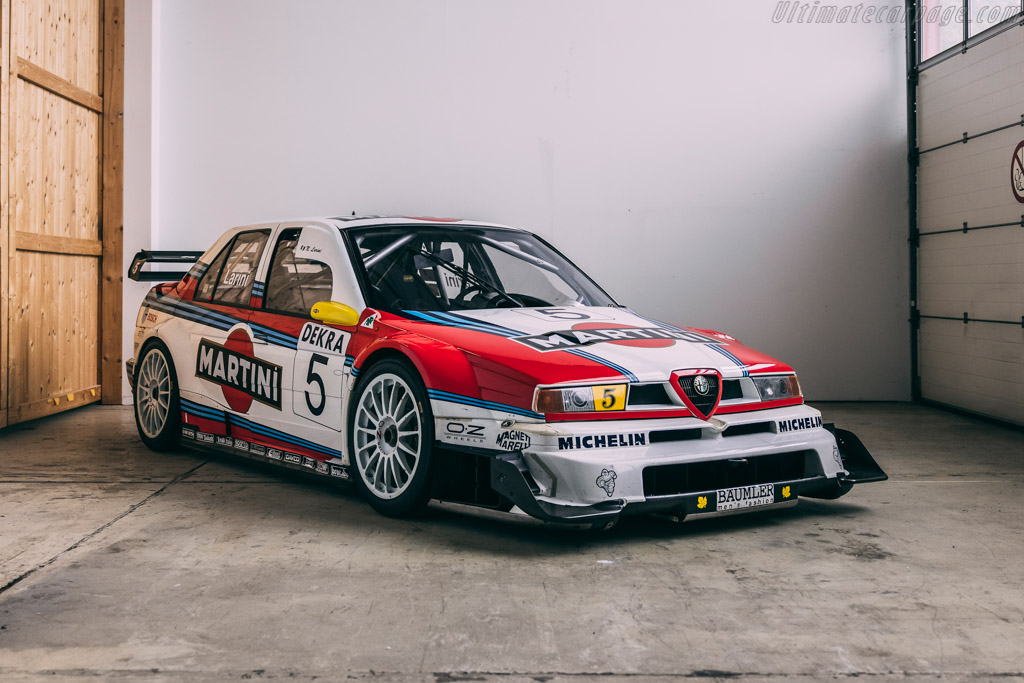
Two examples of such went to Alessandro Nannini and Nicola Larini – both ex-F1 drivers and it was them, who demolished their Italian Championship rivals. And now, they were to represent Alfa Corse in the DTM. The Germans knew that shit hit the fan – before the season even started. They tried to counter with a few teams of Mercedes 190 E, that was a further development of their existing car. Well… Alfa Romeo dominated 12 of 20 events overall. 10 times Larini was the best – 10 times! – and so he was the new champion.
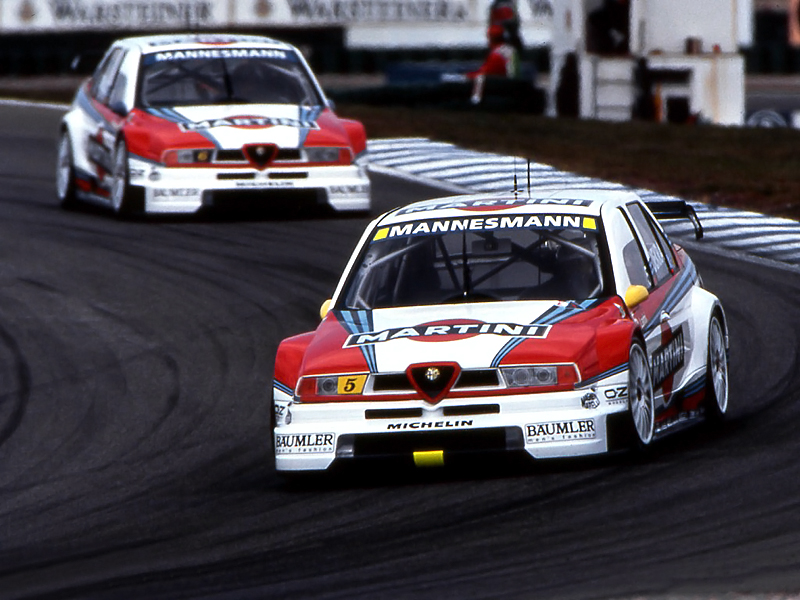
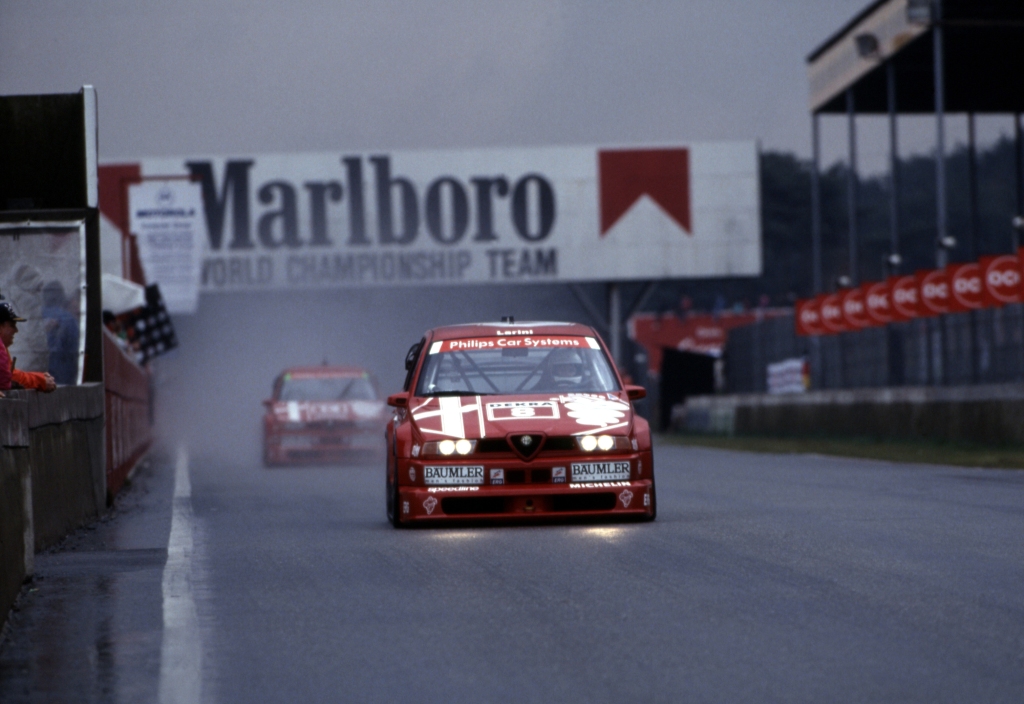
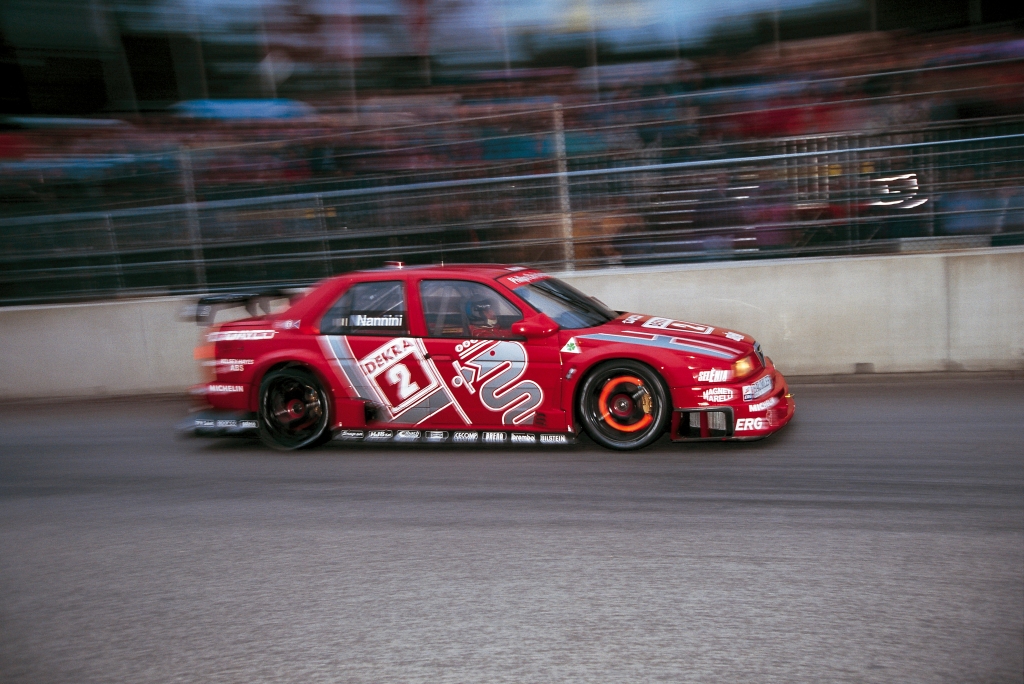
The Germans were so butthurt, that they begun developing a completely new variant of a Mercedes AMG based on a fresh C-Klasse. Opel joined with a Calibra DTM 4×4. And Alfa? Alfa was still fiddling with their 155s. The old transmission went to trash – replaced by a new sequential, and in time, an F1-devised semiautomatic. The engine, that used to be a 60º Vee, now was to have its cylinders wider – to 90º – allowing 490 bhp at 12k revolutions. Th-… they needed to change the aero ¯\_(ツ)_/¯.
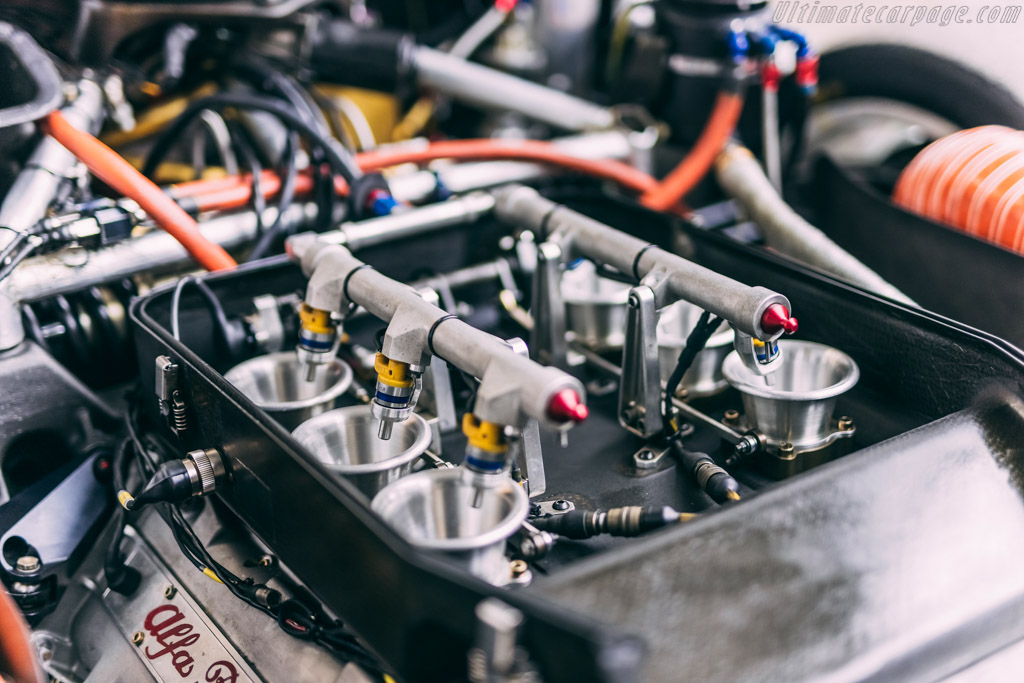
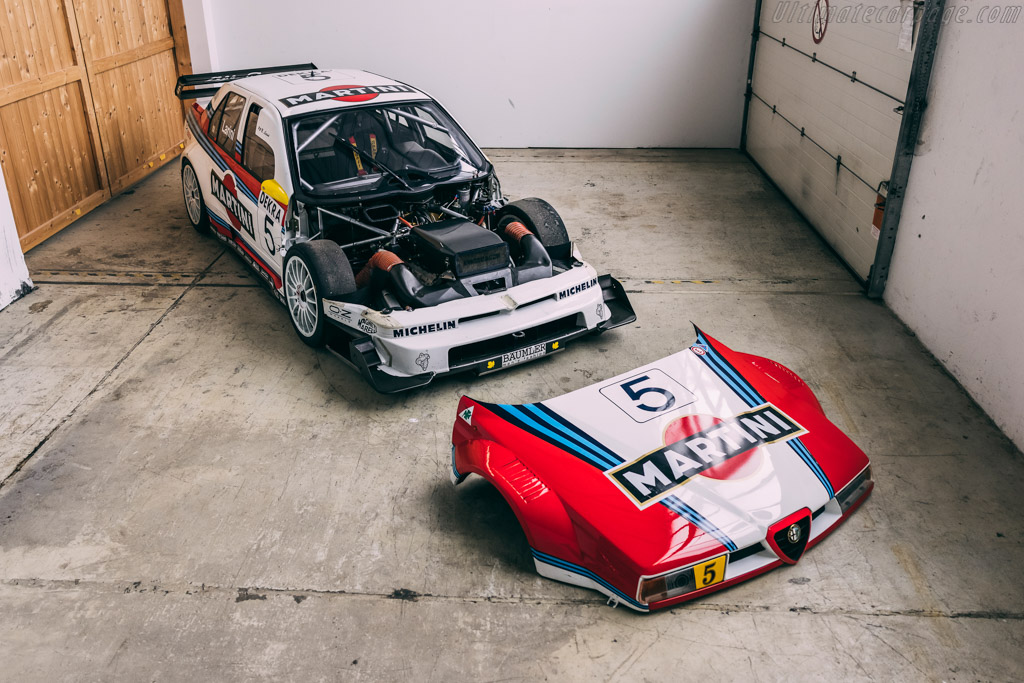
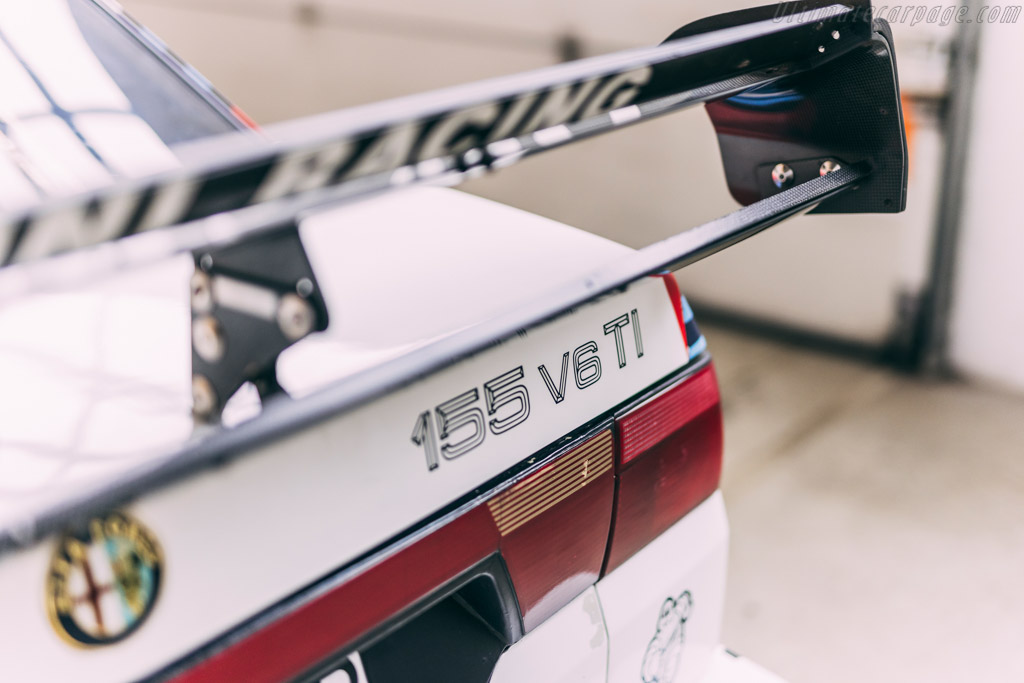
2.5 V6 TI DTM was in the competition up to 1996, when the DTM changed format to ITC. 1994 could seem like a German AMG had an upper hand, but Alfa managed to win another 11 events. Still, solid and consistent results of the Mercedes drivers, allowed them to come back on top and claim the title back. 1995 variant of Alfa Romeo had one big problem – too much electronics… and we all know how they go with electronics. Those memes don’t come out of nowhere. But hey – their cars were already 4 years old, but they grew so much in power – while less heavy compared to their early examples – and that way Italians came back to good shape. Second half of the season they crushed more up-to-date machines and actually won 6 times in a row.
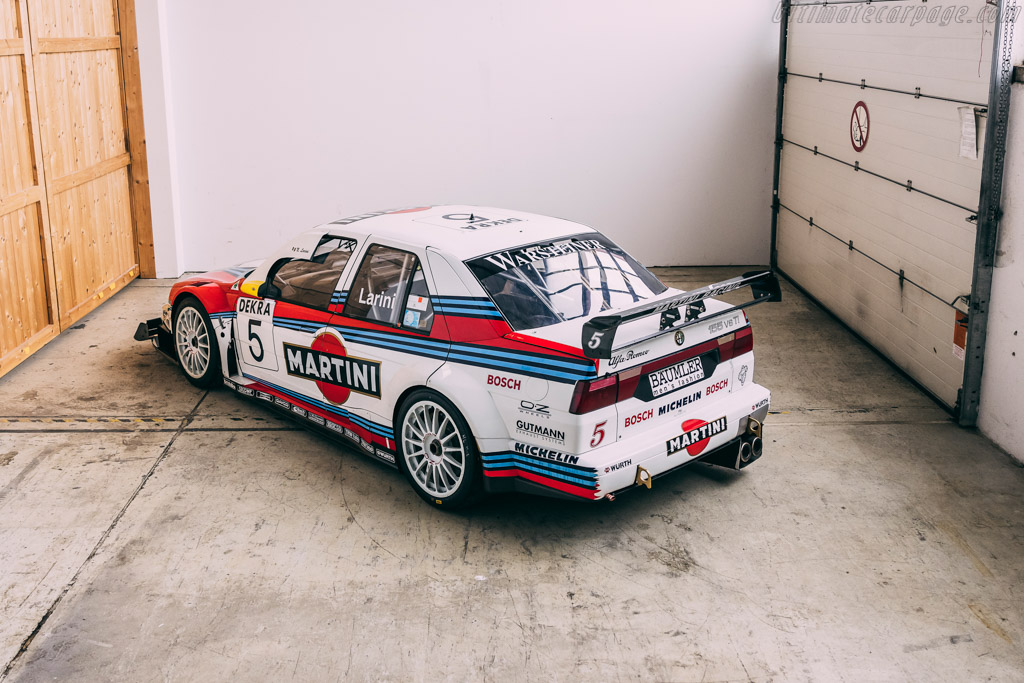
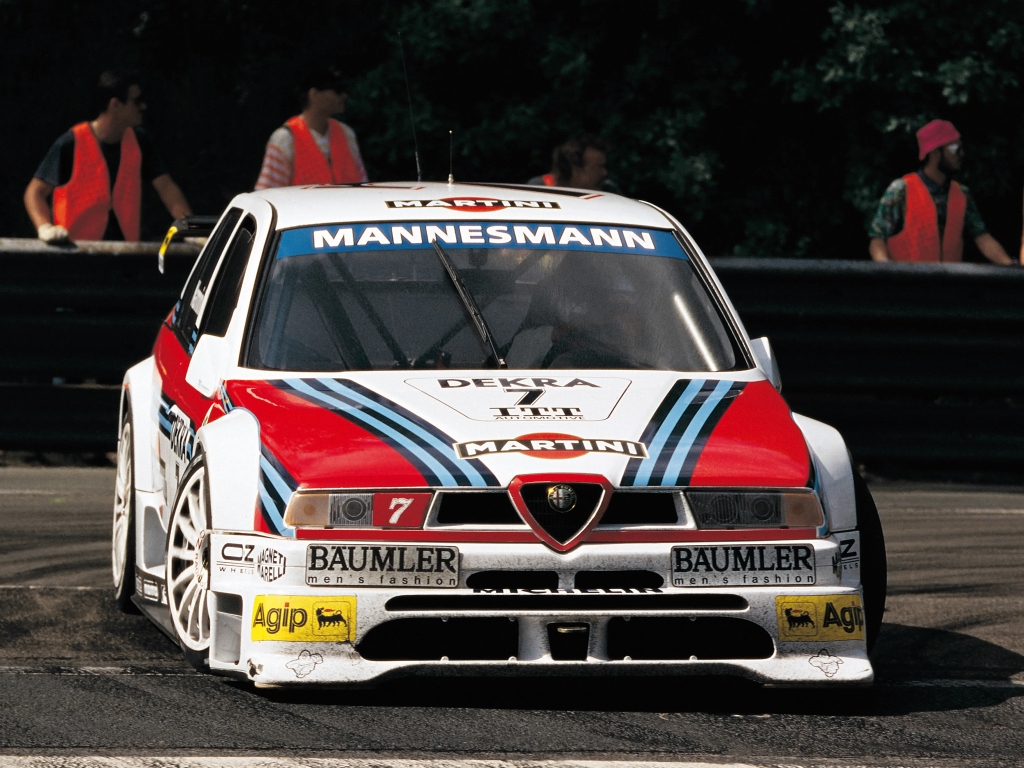
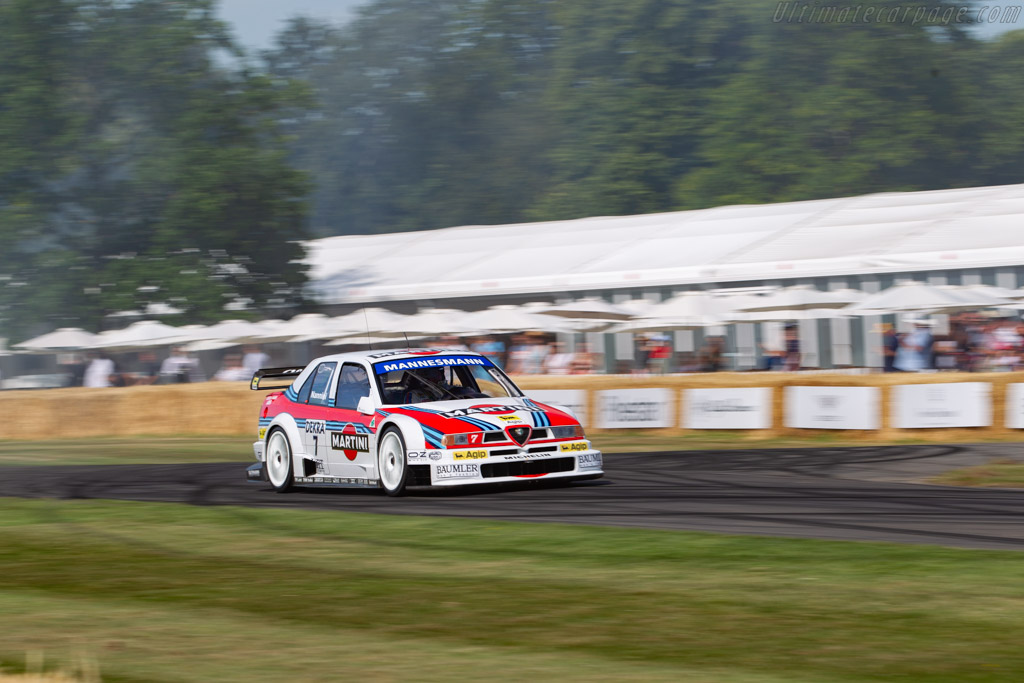
End of the 1996 and both Alfa and Opel announce their retirement – which effectively meant the end of the series. That is how DTM/ITC became history – and Alfa Romeo passed away victorious. 38 wins behind the wheel of Alfa 155 is the record that would never be matched. Combine that with the Class 2 successes like winning the championships in Great Britain and Spain – and a second place in Italy. Great achievement.
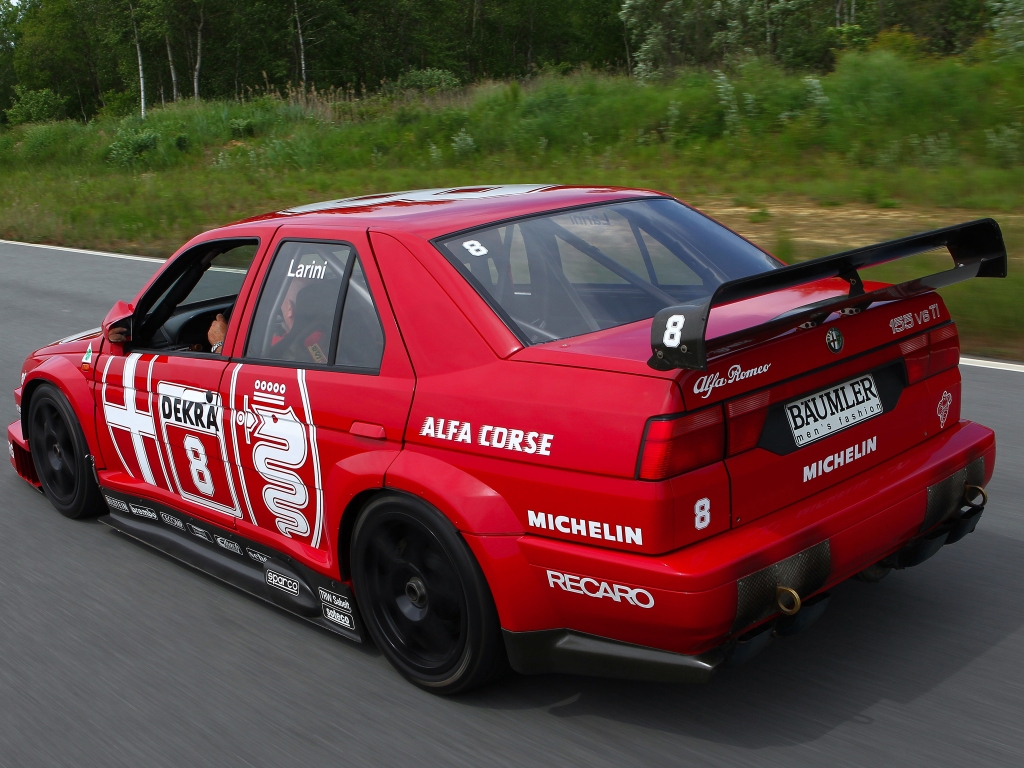
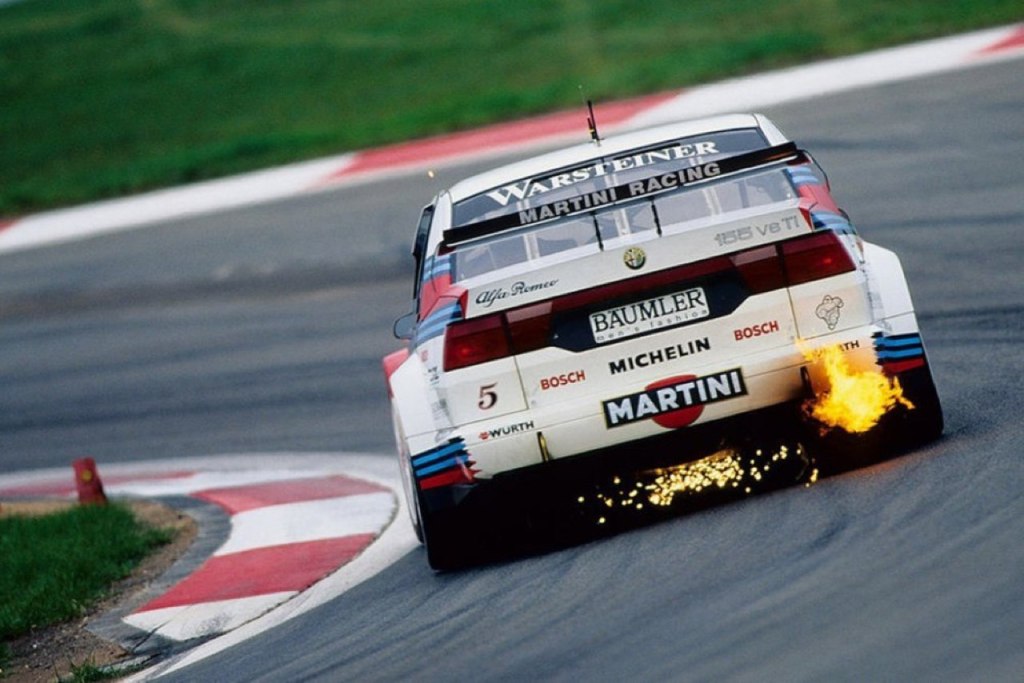
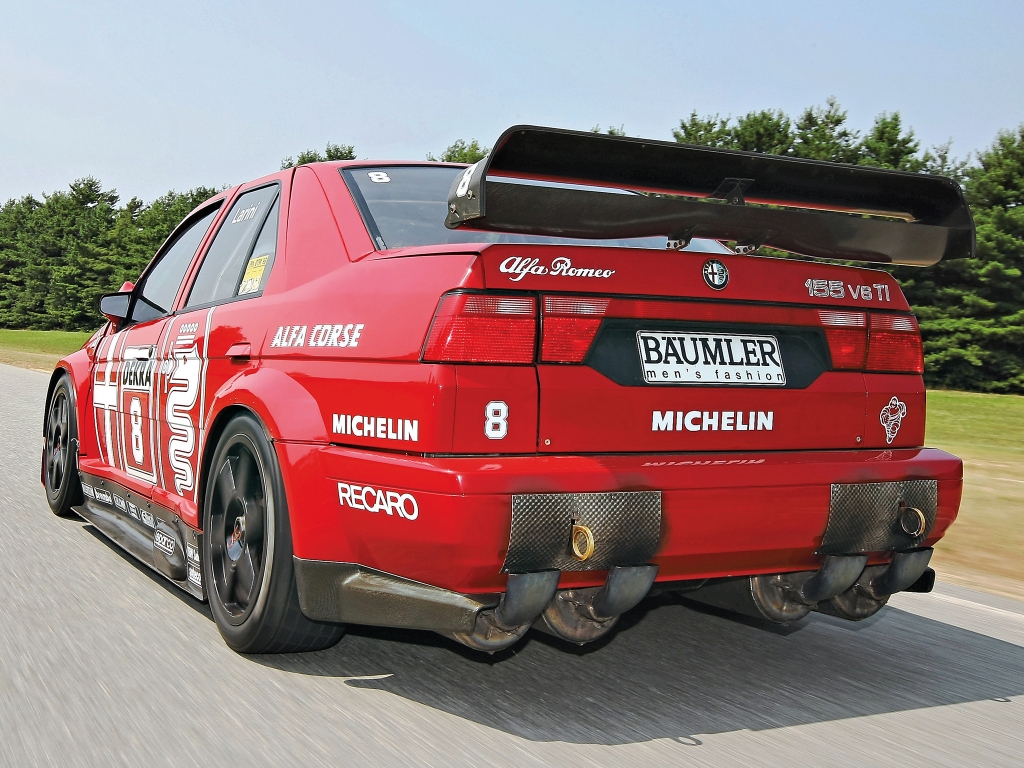
Krzysztof Wilk
All sources: favcars.com | wheelsage.org | ultimatecarpage.com
